

Run, Relax, Repeat A Week of World-Class Training at 2 Running Lodge
If you’ve ever wondered what it’s like to train where Kenya’s running legends are made, we’ve found the place for you. 2 Running Lodge in Kapsabet is at the heart of Kenya’s running culture, a region that has produced Olympic icons from Kipchoge Keino to Eliud Kipchoge. The area’s combination of altitude, undulating red-dirt trails, and cool mornings creates ideal conditions for both elite and recreational runners.
2 Running Lodge is designed for serious effort and serious rest. The lodge features comfortable rooms, a modern gym, recovery and massage facilities, and a panoramic lounge where runners swap stories after morning sessions. Meals are nutritious and locally sourced, and the atmosphere very welcoming: whether you’re a seasoned marathoner or lacing up for your first group run, you’ll find encouragement and community. And for those looking to explore beyond running, enjoy exploring the nearby tea farms and nature between training sessions.
For more on the vision behind 2 Running Lodge, don’t miss our exclusive interview with founders Claudio and Alkesh later in this issue.
Day-by-Day Running Retreat
Day 1: Arrival & Orientation
After landing in Eldoret and a short car ride, arrive at 2 Running Lodge and settle into your room. Meet your hosts and fellow guests over a welcome dinner, with a briefing on the week ahead.
Day 2: Legendary Trails & Recovery
Begin with a guided sunrise run through tea plantations and red-dirt roads. After breakfast, enjoy a stretching session or a complimentary massage. The afternoon is
yours to relax or explore the lodge’s gym and wellness facilities.
Day 3: Track Session & Local Culture
Join a morning interval workout at the Eliud Kipchoge Sports Complex, training on the same track as Kenya’s best. Later, visit a local tea plantation for a tour and tasting, learning about the region’s agricultural heritage.
Day 4: Hills & Waterfalls
Take on a hilly route in the Nandi Hills, famous for building strength and endurance. After your run, hike to Chepkiit Waterfalls for a picnic lunch and a refreshing dip before returning to the lodge.
Day 5: Community Run & Workshop
Participate in a community run with local athletes, followed by a running workshop focusing on technique and recovery. Spend the afternoon at leisure or join a give-back activity at a nearby school.
Day 6: Sunrise Run & Farewell
Cap off your stay with a final sunrise run, soaking in the beauty of the highlands. Enjoy a farewell breakfast before departing from Eldoret, inspired and recharged by your time at Kenya’s running heart.
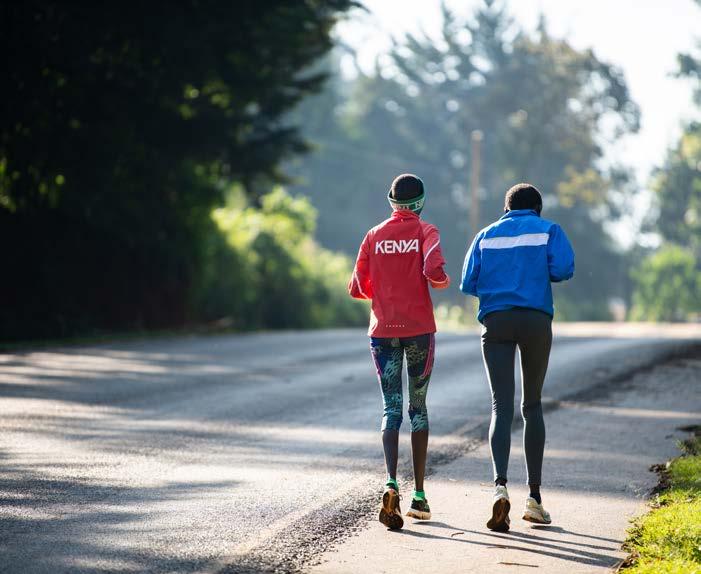
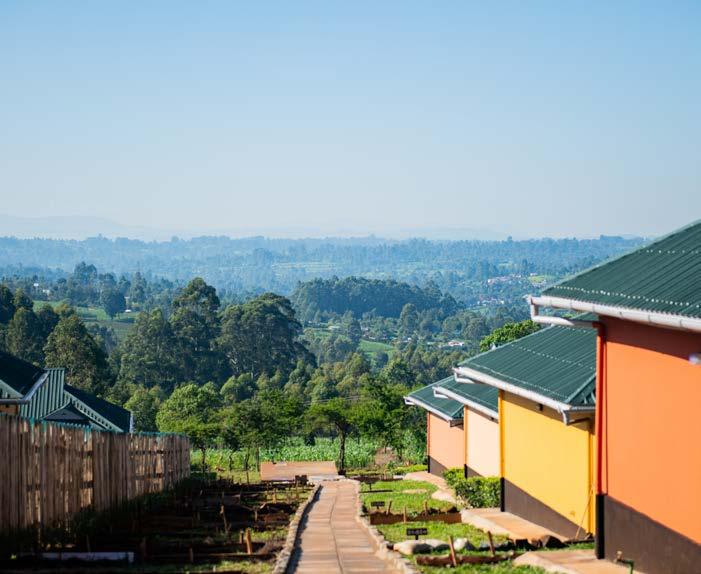
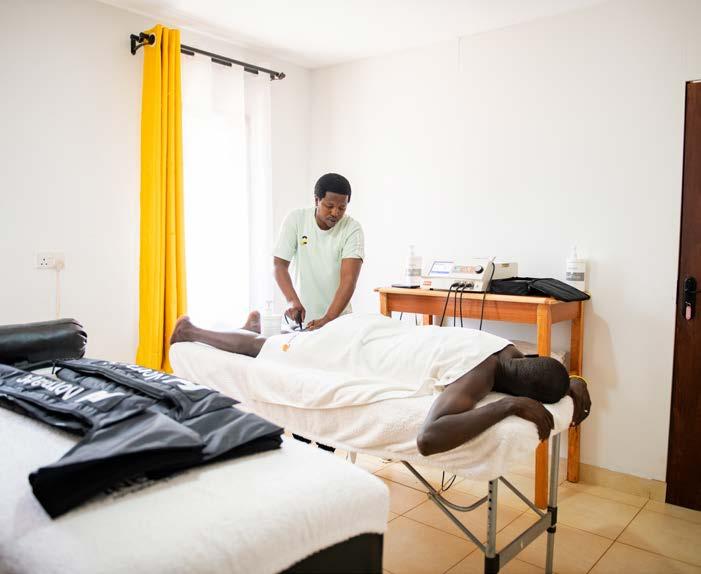
Book your experience with Nomad Africa
Editors Message from the
Dear Readers,
We’re halfway through 2025, and thought we’d inspire you with all that’s new.
To your left, discover our take on an experience that is renewing, reenergizing, and revitalizing. Kenya is home to many running champions who train in the beautiful, crisp highlands, where the air is thin and the land is green. In this issue, the owners, Claudio and Alkesh, share their story with us. Driven by their passion for sport, they created a running experience in Kapsabet: a place where you live, train, and eat alongside Kenya’s greats. It’s inspirational at its best, and it’s healthy, too.
For new travel inspiration, head to the island of Socotra, a remote Yemeni gem adrift in the Arabian Sea. Trek to Skand Peak through ancient shepherd trails and dragon’s blood forests, then cool off in cliff-edge pools overlooking the sea. Camp among the glowing dunes of Arher after a lobster dinner, and boat to Shuab Beach where dolphins race alongside you. Need we say more?
New is not always better, but a new twist to something old can do the trick.When Beni married into a Kikuyu family, he brought some spice to the kitchen, and now he’s sharing his secrets with you in a delicious new recipe.
Always evolving is technology, and now even in conservation. Mia’s research reveals how artificial intelligence is becoming a powerful ally in regenerative tourism, aligning conservation, community empowerment, and visitor experience in unprecedented ways.
We close this issue with 24 hours in our latest crush: Kampala. Clearly, a day isn’t nearly enough, but it’s a great start. Ian knows where to go and what to do.

Keep it fresh. Try something new.
The Nomad Team
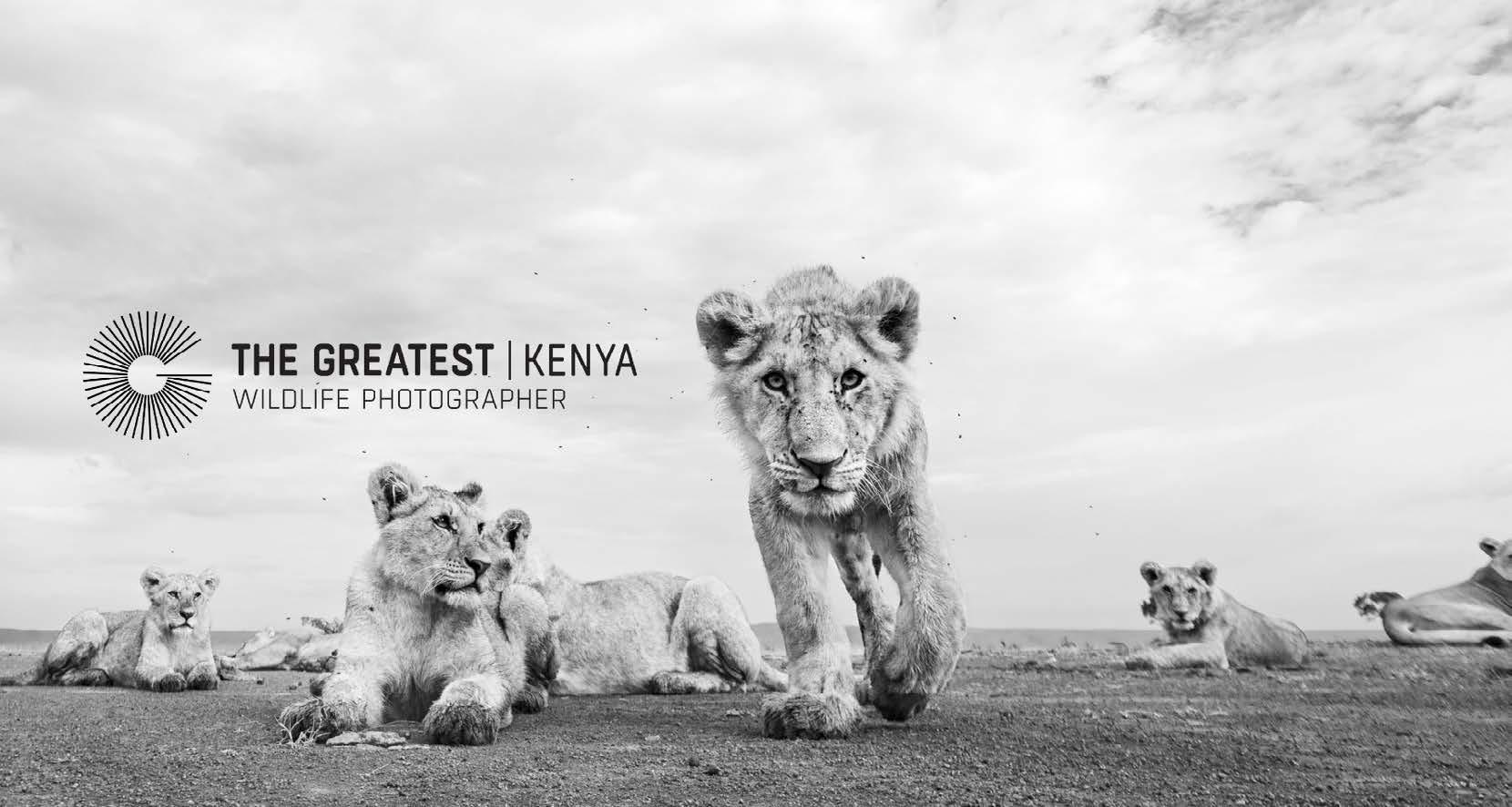
By Sam Bailyn
In 2018, The Greatest Maasai Mara Photographer of the Year was launched with the aim of highlighting the Maasai Mara as a year round safari destination while simultaneously raising funds for conservation in the region. After running for six years, receiving thousands of entries and raising tens of thousands of dollars for its Conservation Partners, the competition closed indefinitely last year. However, with its committed community of photographers hoping to see its return, a small team of individuals have worked together to bring the competition back to life, bigger and better than ever before.
The first and most notable change can be seen through the competition's name: previously known as The Greatest Maasai Mara Photographer of the Year, the competition now goes by the name The Greatest Wildlife Photographer of the Year – Kenya. This change reflects that not only the Maasai Mara region, but all of Kenya is a must-see destination. Consequently, through the competition's expansive international reach, lesser-known regions of the country will get the chance to shine. As Adam Bannister, Head Judge of the competition, explains: “The new ‘model’ is trying to unite photographers, and the extended community - providing an opportunity to not only show the world the beauty of Kenya’s wildlife spaces, but to be inclusive of all.”
Through its website and social media, the competition highlights its Featured Photographers’ work. In addition, the competition raises money for conservation through its entry fee: 20 USD for international entrants and
10 USD for Kenyan citizens, 100% of which goes to the Conservation Partners. The competition’s partners, including Ewaso Lions, The Mara Elephant Project, The Grevvy Zebra Project, The Pangolin Project, The Kenya Bird of Prey Trust, and The Elephant Queen Trust, reflect the competition's primary goal: to protect and nurture Kenya’s wildlife. As the competition’s Head of Operations, Sam Bailyn explains: "The competition hopes to show the world the connection between tourism and conservation, and how the two can be harnessed to help one another.”
As for the winners of the competition, they will be selected from the competitions 'Shortlist’ at an Awards ceremony held in Nairobi. Each operating month, the judges select that month’s ten best images, which go on to have the chance to win at the end of the year.
For more information, scan the QR code

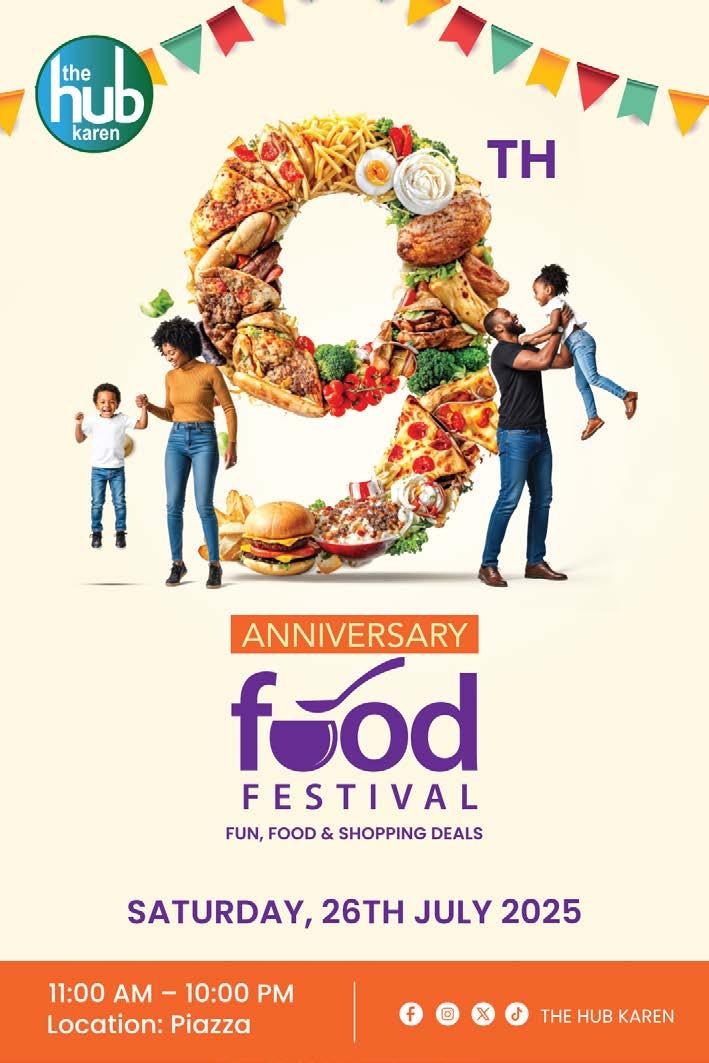

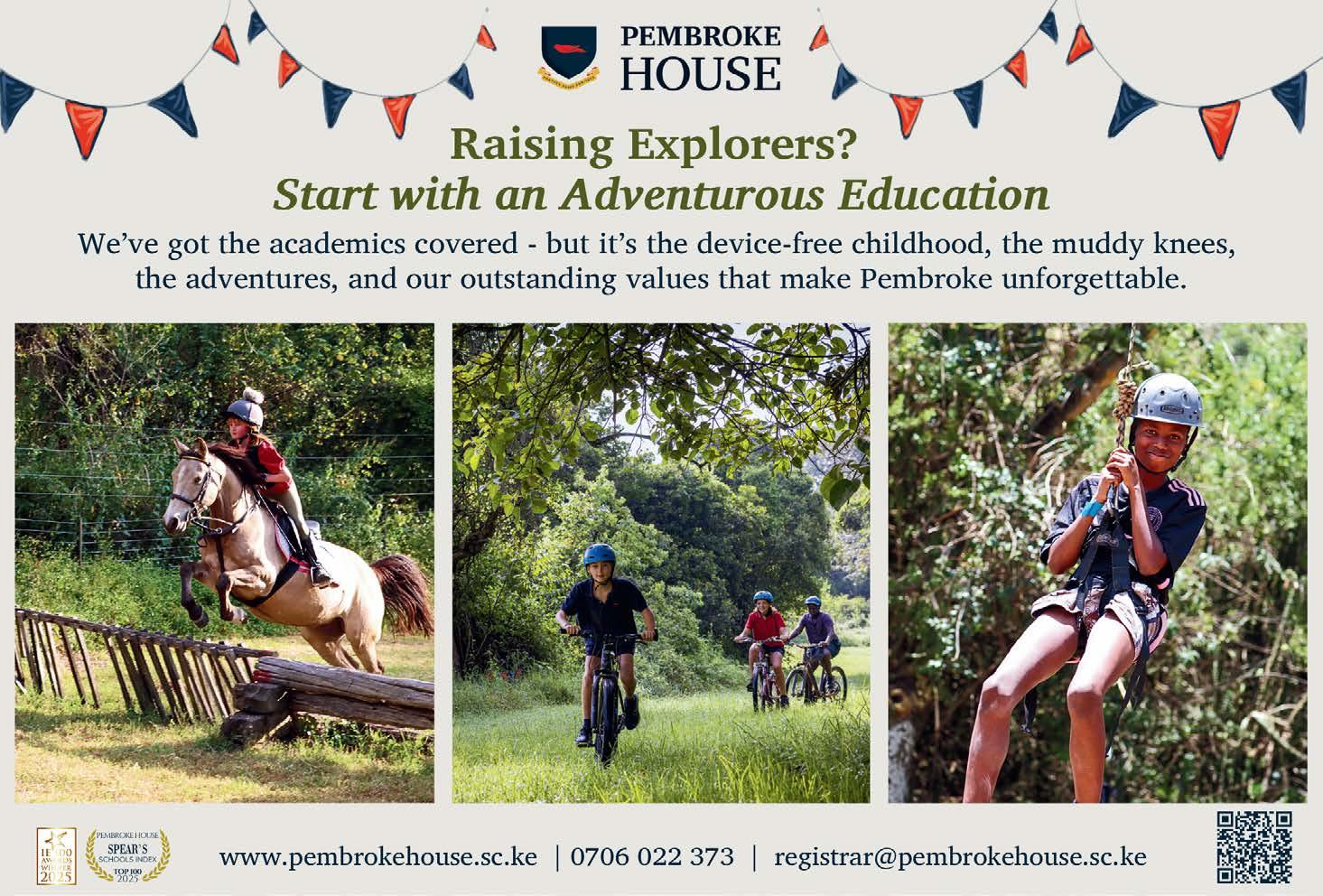
In this Issue,
Noteworthy events coming up
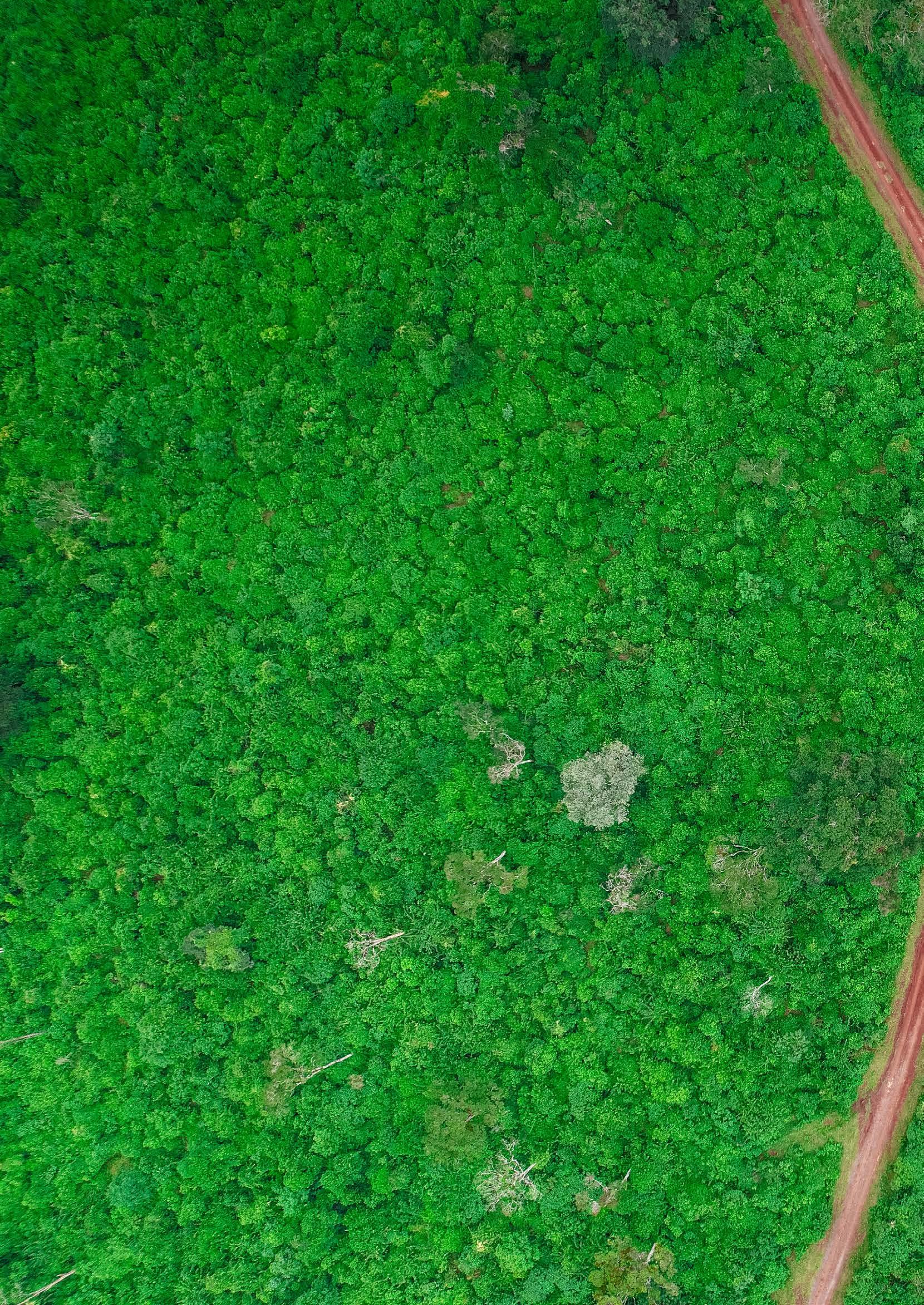
How two Visionaries build Kenya’s most Inspiring Running Retreat
Nomad expresses gratitude to @lookasse for sharing this photograph. Nomad also expresses gratitude to @Elmoundo_wild for the cover picture.
CEO Lizzie Wright
HEAD OF CONTENT Charlotte Breuking
DESIGN Karan Khalsa
HEAD OF BOOKINGS OPERATIONS Laura Valentine
PRODUCT OPERATIONS Ludovica Cipolla
TRAVEL OPERATIONS Carol Soi, Ann Wambui
FINANCE LEAD Wambui Everlyne
SUSTAINABILITY LEAD Sharon Rombo
ENQUIRIES bookings@nomad.africa
ADVERTISEMENT advertise@nomad.africa

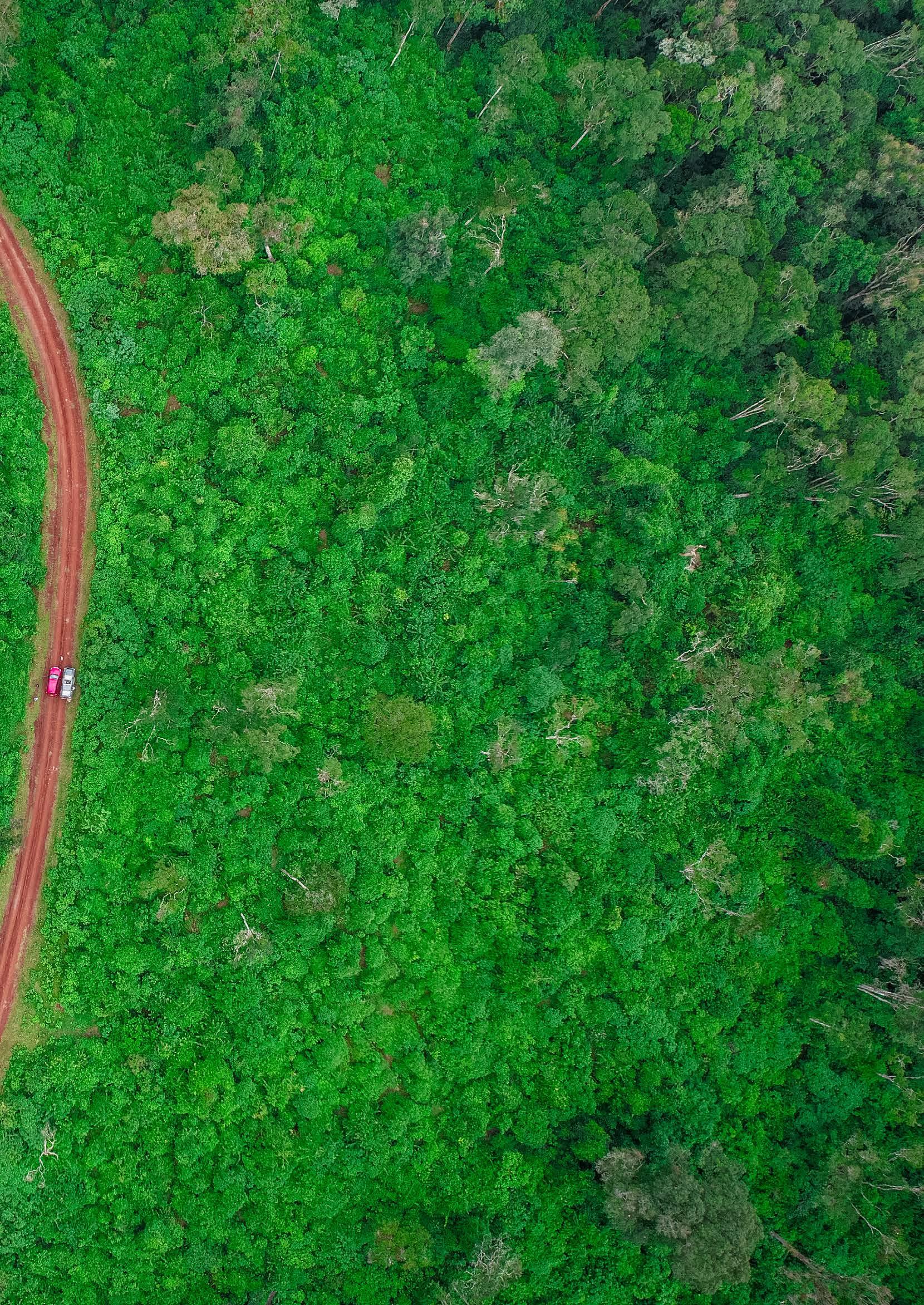


Lace Up for the Elgon Half Marathon in November 2025
Set against the breathtaking backdrop of Mount Elgon’s rolling foothills, the Elgon Half Marathon returns this November 2025, and it's shaping up to be one of East Africa’s most exciting running events. Held in Uganda’s high-altitude running capital, Kapchorwa, the race is a celebration of community, culture, and the region’s deep-rooted love for the sport.
From elite athletes to passionate amateurs, runners will tackle a challenging yet scenic course that weaves through lush farmlands, forest trails, and local villages. Expect crowds full of energy, kids cheering from the roadside, and a strong sense of local pride.

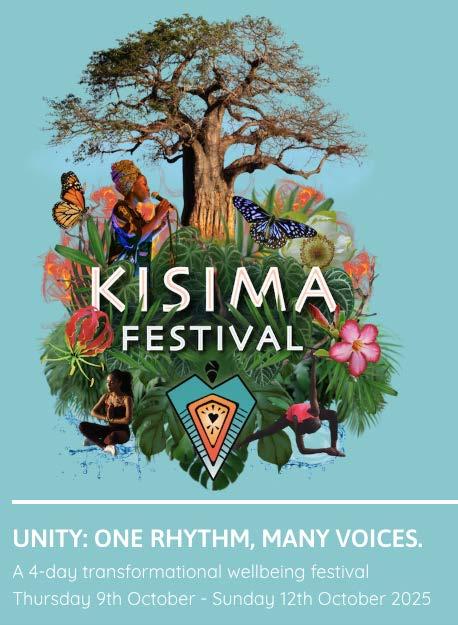
Kisima Festival: A Transformational Journey Beneath the Baobabs
From 9 - 12 October 2025, the baobab forest of Kilifi comes alive with Kisima Festival. Hosted at Beneath the Baobabs, expect to connect with Kenya’s leading voices in wellbeing, from movement and mindfulness to indigenous healing and creative expression.
Kisima means “well” in Kiswahili; a source of life, a place to gather, and a reminder of the power of community. Set on 50 acres of sacred coastal woodland, the festival offers workshops, classes, talks, and panels shaped around the five elemental pillars: Ignite, Inspire, Ground, Flow, and Ether.
Ride, Rewild, Recharge: Hell’s Gate Biking Fest Returns This August
Imagine pedaling through Hell’s Gate, zebras and giraffes by your side, towering cliffs above, and the spirit of adventure all around. That’s the magic of Hell’s Gate Biking Fest.
Hosted in the heart of Hell’s Gate National Park, this annual festival isn’t just for cyclists, it’s for anyone craving a weekend of connection, nature, and fun. From challenging rides to laid-back family trails, the routes cater to every level. Off the bike, a lively festival village keeps the momentum going with live music, a delicious food court, and a dedicated kids’ zone.
But it’s not all play, this is a festival with purpose. Join in on tree-planting drives, plastic-free initiatives, and conservation workshops that invite you to be part of something bigger.
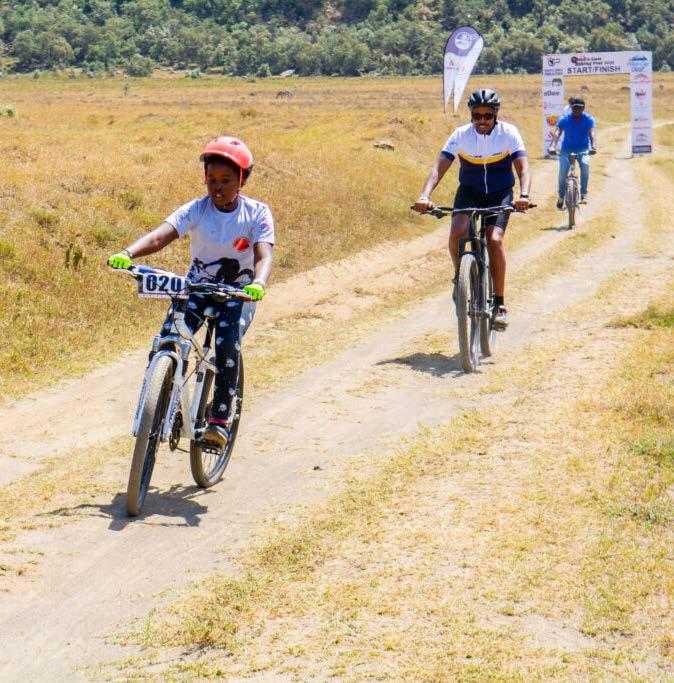
Lamu Yoga Festival 2025
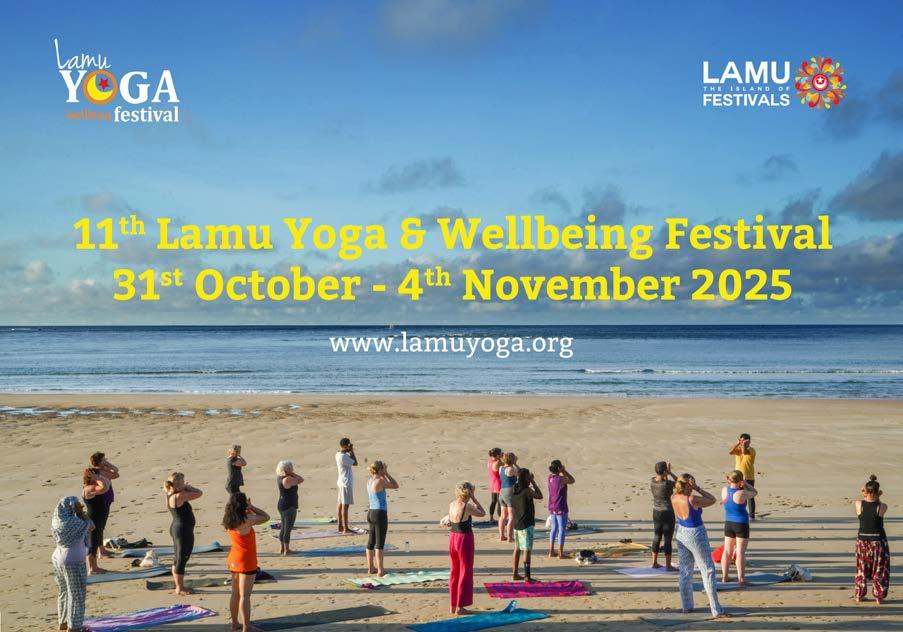
The famous Festival returns from October 31 to November 4, 2025, offering five uplifting days of yoga, wellness, and community across Kenya’s stunning Lamu Archipelago. With sunrise beach yoga, breathwork, sound healing, and over 150 classes led by international teachers, the festival caters to all levels. Beyond the mat, enjoy sunset dhow cruises, beach dinners, fire ceremonies, and guided meditations on the dunes. Set among Shela’s sandy paths and ancient Swahili architecture, this is more than a retreat—it’s a chance to recharge in nature, connect with like-minded souls, and support local community initiatives.

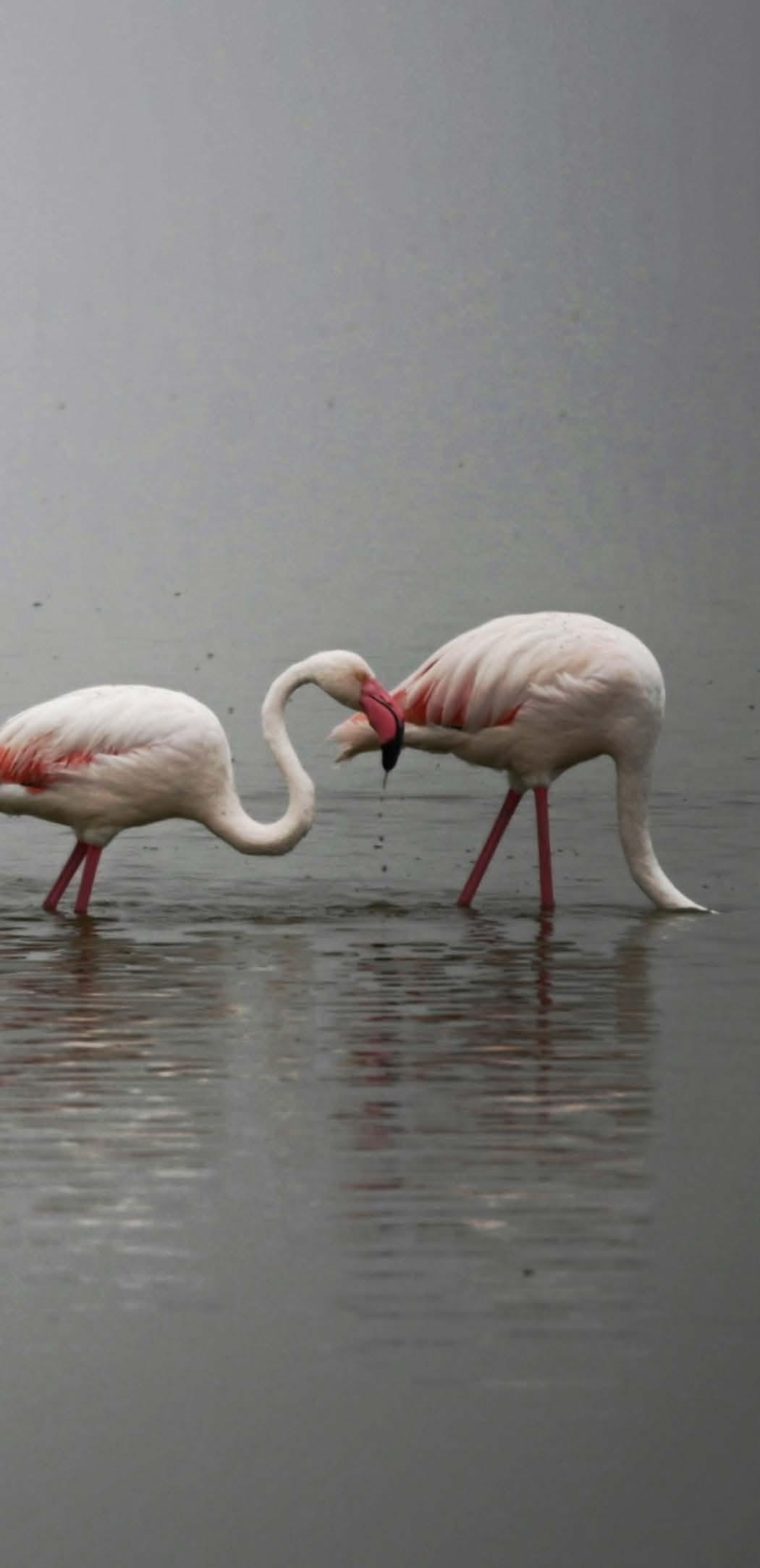


Carl Jousset
Carl Jousset, a French photographer born in the heart of Central France in 1970, discovered his passion for visual art at a tender age. It was at 16, however, that photography truly captivated him, sparking a lifelong journey that would take him across more than 80 countries. Carl's travels are not just about capturing images but about immersing himself in the diverse cultures and landscapes he encounters. Each click of his camera is a testament to his deep connection with the places and people he meets. His photographs are not only images; they are stories etched in light and shadow, reflecting the soul of the world.
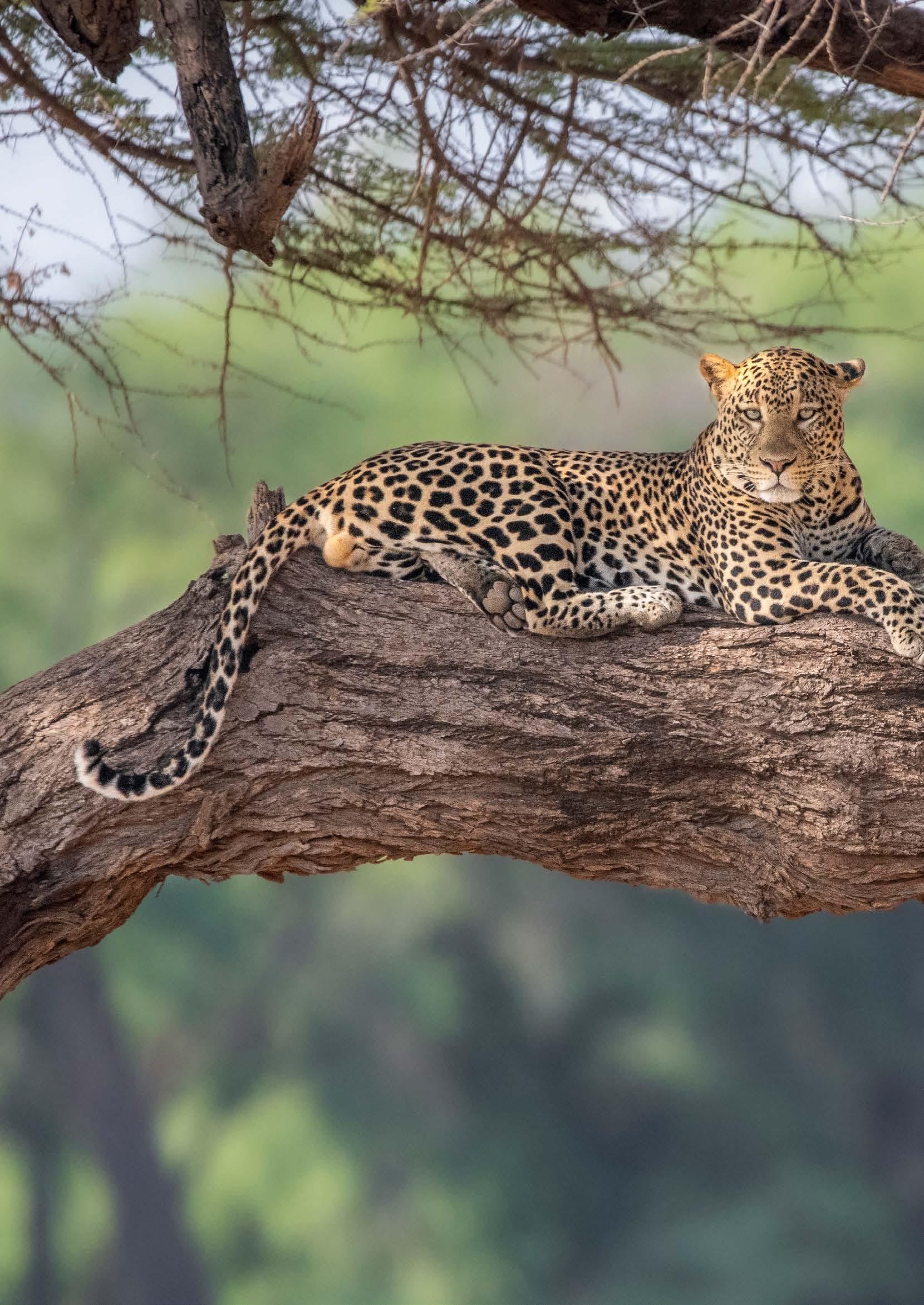
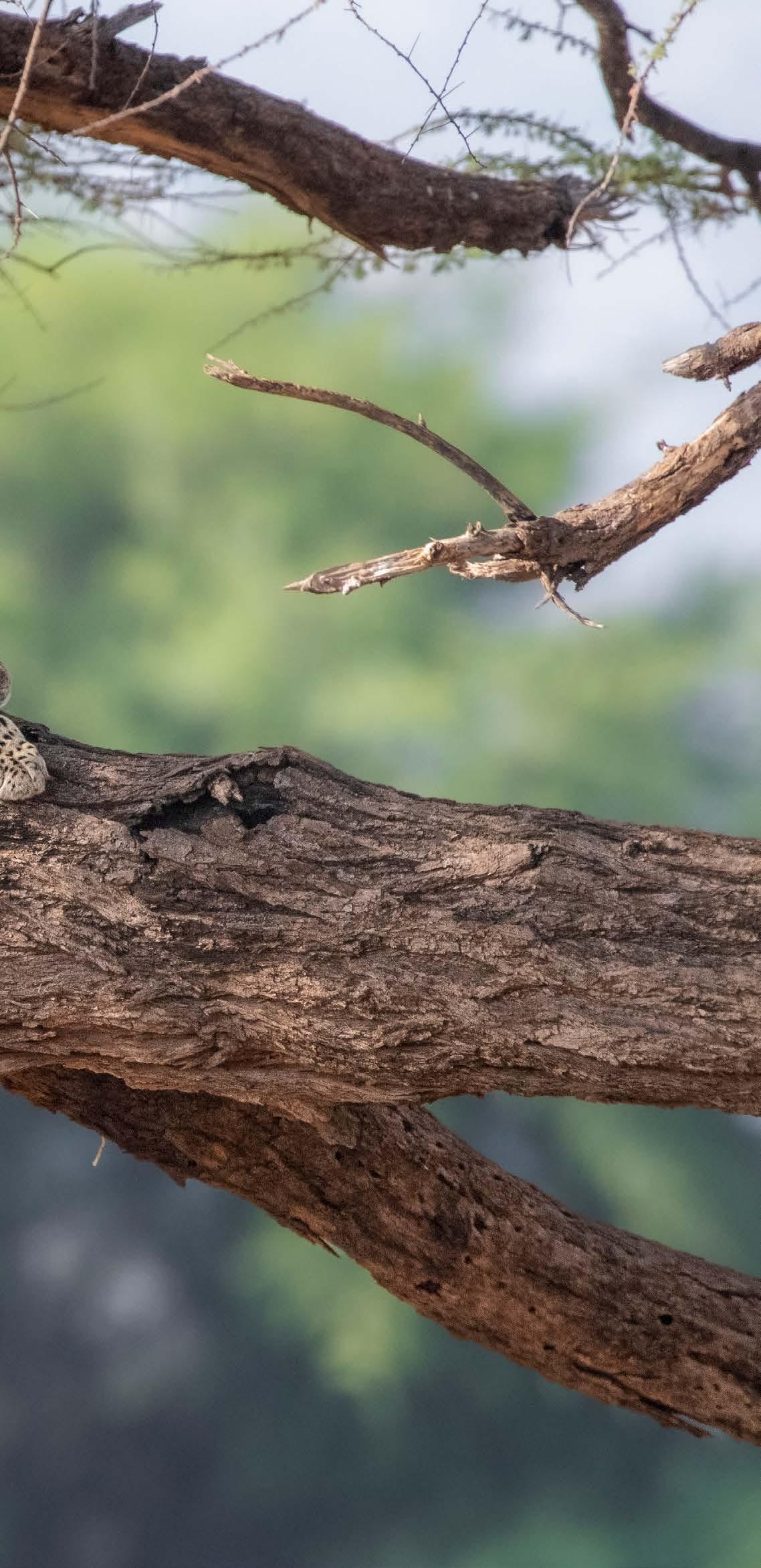


Sonia Varma
A veterinarian by profession, Sonia Varma channels her deep love for animals into both her practice and her captivating wildlife photography. Living in close proximity to the magnificent Nairobi National Park, she feels incredibly fortunate to experience the wonders of the wild on an almost daily basis. Sonia is a staunch advocate for conservation, and her stunning photography serves as a powerful testament to the beauty and importance of protecting our natural world, especially the wildlife she cherishes.
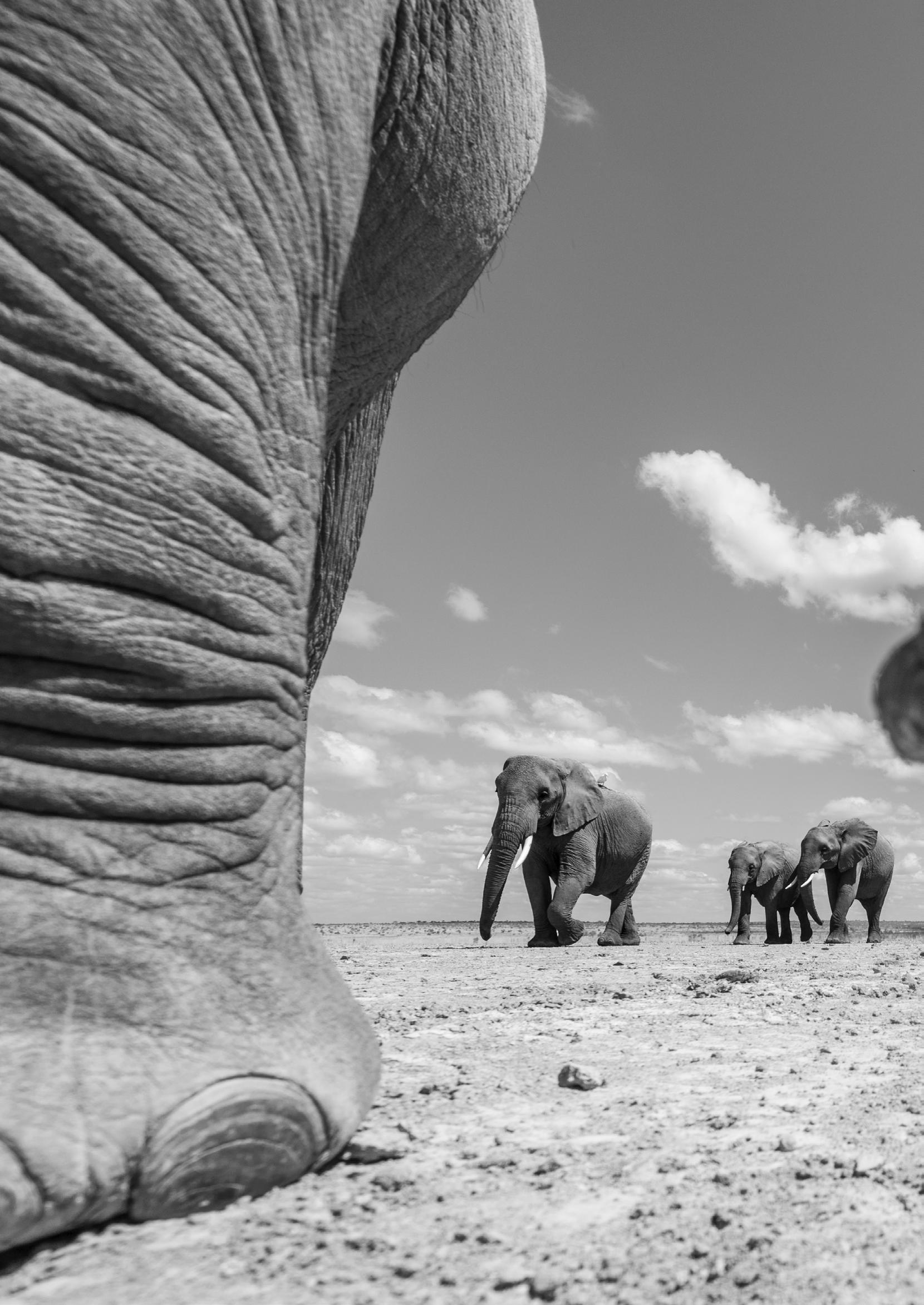



Gurcharan Roopra
A Ground-Level Perspective of Giants.
This striking black-andwhite image captures the raw majesty of a herd of elephants from an unusual low-angle perspective. Framed between the massive leg and gently curled trunk of a foreground elephant, the composition draws the eye toward the approaching herd across the dry, cracked earth, showcasing the scale, power, and quiet grace of these incredible creatures.
THIS PLOT IS NOT FOR SALE
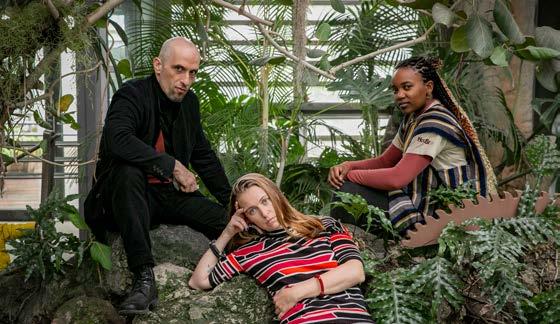
Event Type: Theatre Performance
Premiere: Goethe Institut, Nairobi

Time and Date: 7PM; 26th and 27th September
Tickets: Scan QR Code
Manual link: tickets.sanaapost.com/event/17/ this-plot-is-not-for-sale
Munich Performance: Pathos Theatre
Dates: 31st October, 1st November
Tickets: SPIELART Festival Munich (spielart.org)
Photo: MajaGugletaNebe
‘THIS PLOT IS NOT FOR SALE’ is a play – an absurd fairytale –bringing together three characters: Pete from Nairobi, Kathi from Munich, and Stevan from former Yugoslavia. Set in a surreal photo studio, the trio explore image reproduction, identity, and the de/ construction of stereotypes.
Pete and Kathi arrive in Stevan’s studio with a vision of the Giraiffel Tower. This fantasy, “Paris of the Savannah,” unravels as images multiply and the trio must confront the distance between the stories they project and the truths they avoid.
,
Developed by writers Gisemba Ursula, Theresa Seraphin and Denijen Pauljevic, this Nairobi-Munich international collaboration fuses spectacle, different languages, and memory to transport the audience into a world where we can question what lies behind our projected images of the other.
PARTNERS
Funded by the Department of Arts and Culture of the City of Munich, Division 3. Supported by the Association of Independent Performing Arts Bavaria (Verband freie Darstellende Künste Bayern e.V.) as part of the process funding program “Freie Kunst 2025,” with funds from the Bavarian State Ministry for Science and the Arts. A co-production with Goethe Institut (International Coproduction Fund), SPIELART Festival, Pathos Theater, and Bellevue di Monaco.
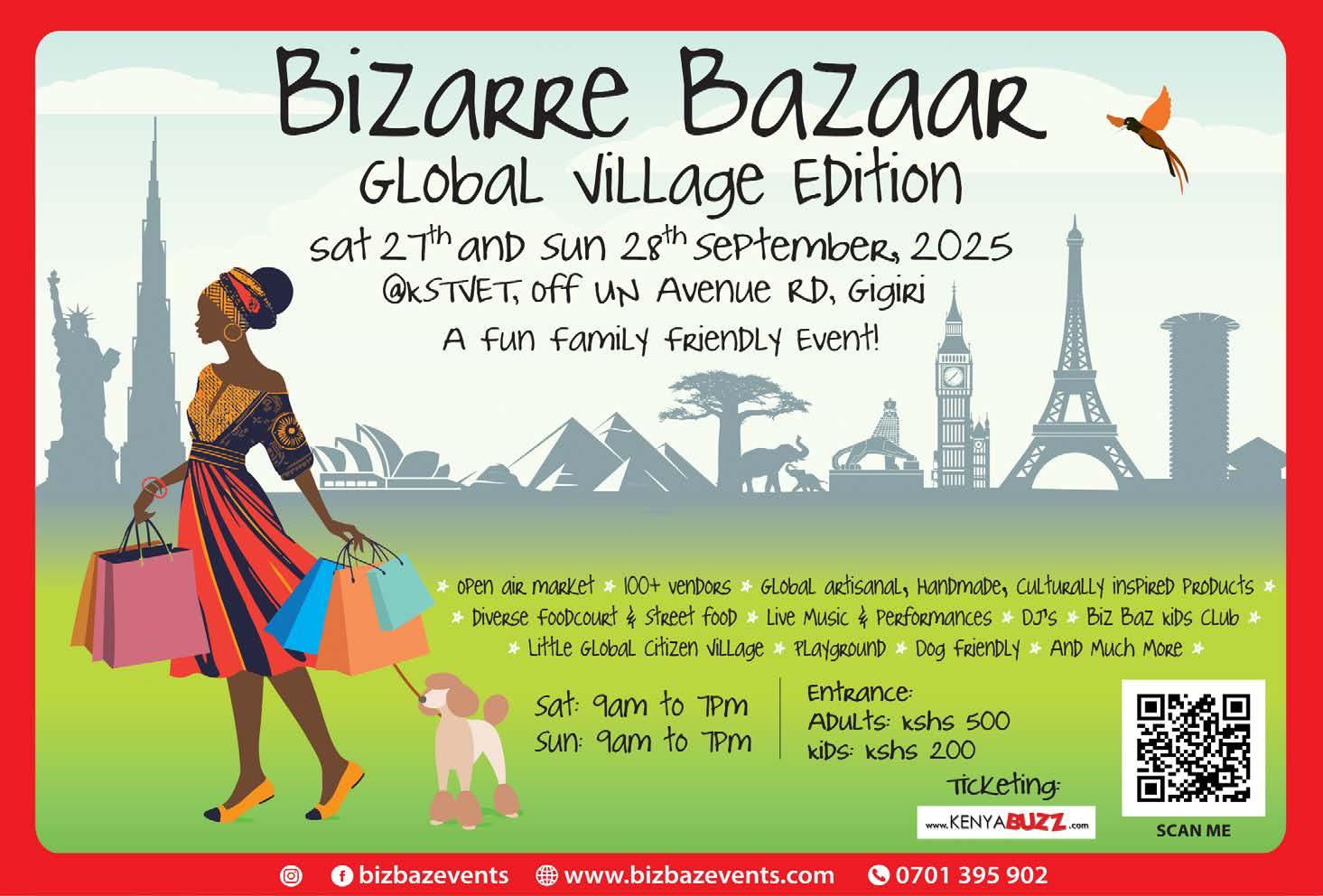
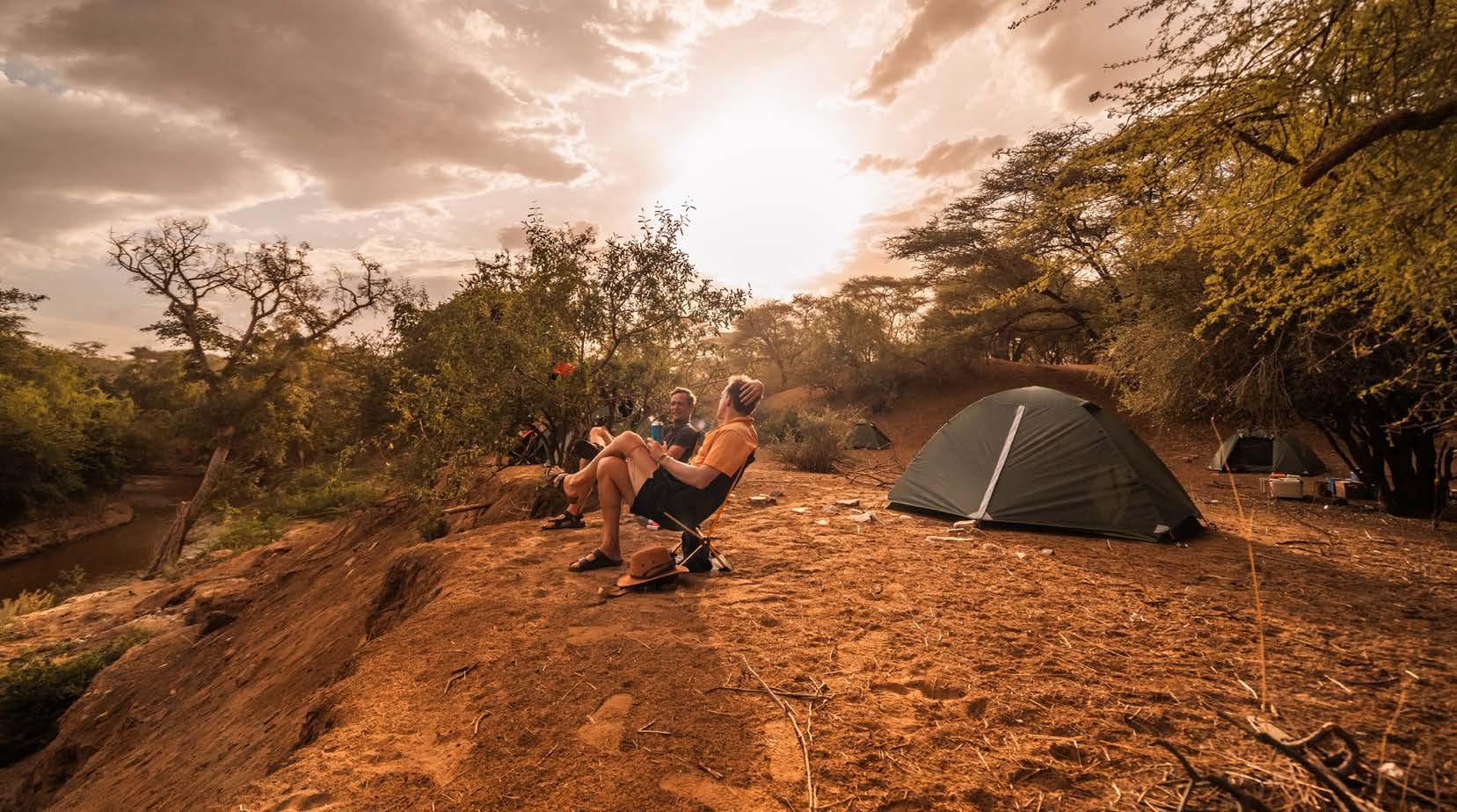

Must-Have Gadgets for Safe Adventures
Embarking on a wild adventure is all fun and games until you're parched, swarmed by mosquitoes, or navigating the darkness without a clue. Fear not, intrepid traveler! Here's how to make your next escapade memorable, for all the right reasons.
1. Portable Water Filter Straw
Hydration is non-negotiable, but lugging around liters of water isn't exactly ideal. Enter the Portable Water Filter Straw. This lifesaver lets you sip directly from rivers and streams, filtering out bacteria and parasites.
2. Heat It Stick
Mosquito bites turning you into a walking itch fest? The Heat It Stick is your new best friend. Plug it into your smartphone, and it delivers targeted heat therapy to neutralize insect bites.
3. Mosquito-Repellent Wristbands
Prevention is better than cure, especially when it comes to pesky insects. Mosquito-repellent wristbands offer a chemical-free way to keep bugs at bay.
4. Portable Carbon Monoxide Detector
If your adventure includes a cozy night with a portable stove or heater, a Portable Carbon Monoxide Detector
is a must. This tiny device alerts you to dangerous gas levels.
5. First Aid Kit with Wilderness Guide
Scrapes and sprains are badges of honor—until they're not. A First Aid Kit equipped with a Wilderness Guide empowers you to handle minor injuries and ailments like a pro.
6. rescue.co Safe Travel Membership
Sometimes, gadgets aren't enough—you need a lifeline. A rescue.co Safe Travels Membership (go to www.rescue.co/safetravels ) offer access to emergency medical assistance, air evacuations, and 24/7 support from professionals who know their way around a crisis. It's the ultimate safety net for the adventurous soul.
Adventure is out there, and with the right gear, nothing can hold you back. After all, the best tales of adventure are the ones where you live to tell them.
Safe travels from rescue.co!
Socotra: A Lost World at the Edge of Arabia
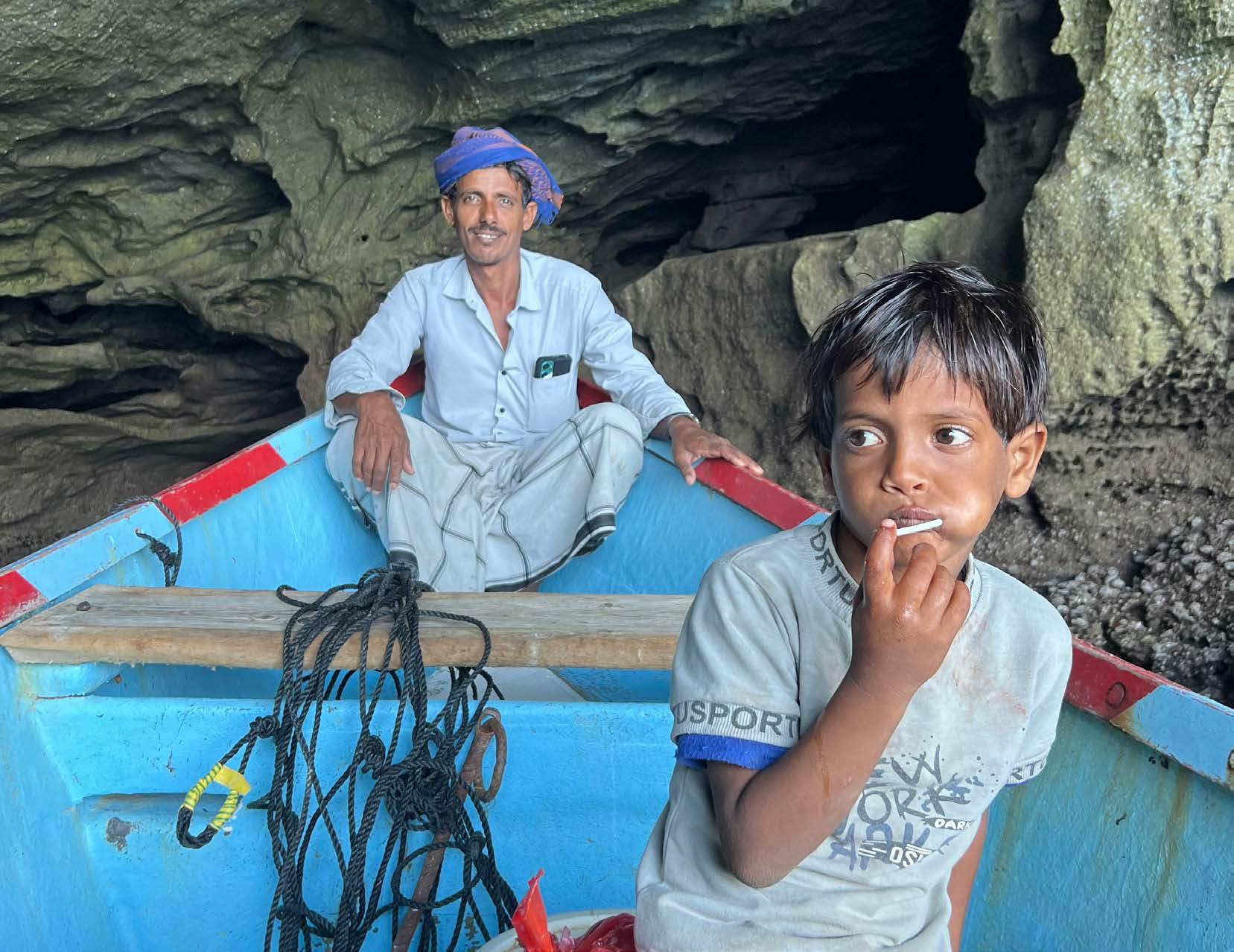
Story
and pictures
by Ludovica Cipolla
Socotra is a remote Yemeni island adrift in the Arabian Sea. Often called the ‘Galapagos of the Middle East’, Socotra has been separated from the rest of the world for millions of years. This is a place where nature feels otherworldly: landscapes that seem almost out of science fiction, bizarre endemic plants found nowhere else on Earth, rare wildlife, and a culture largely untouched by the modern world.
The Socotri people have their own language and traditions. They rely on fishing, herding, and, increasingly, tourism, amidst a delicate geopolitical situation involving mainland Yemen and the influence of the UAE. We spent a week camping among its mountains, beaches, and freshwater pools, with only very basic infrastructure. What may seem like the ultimate haven set apart from the world actually made us feel profoundly connected to its welcoming people and nature. After all, no man is an island.
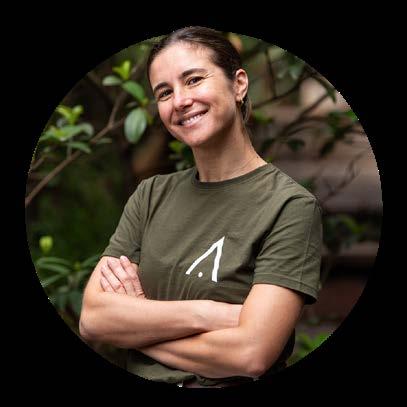
Trekking to Skand Peak
The Hajhir Mountains lie at the heart of the island. Their highest point is Skand Peak, reachable via a full-day trek (often with a local Bedouin guide leading the way) along ancient shepherds’ trails. We start with the enchanting Ferhmin Forest - a rare patch of ancient woodland home to the island’s most iconic plant: the dragon’s blood tree. The name of this iconic umbrella-shaped tree, only found in Socotra, comes from the deep red sap it produces, which has been prized for centuries for its medicinal and dyeing properties. On the way up, we pause at our guide family’s mountain hut, where we’re offered fresh cow’s milk before reaching the summit. Here, we find ourselves surrounded by the mist that often lingers around Skand, adding an almost ethereal quality to the views of the Arabian Sea and the Socotran coastline below.
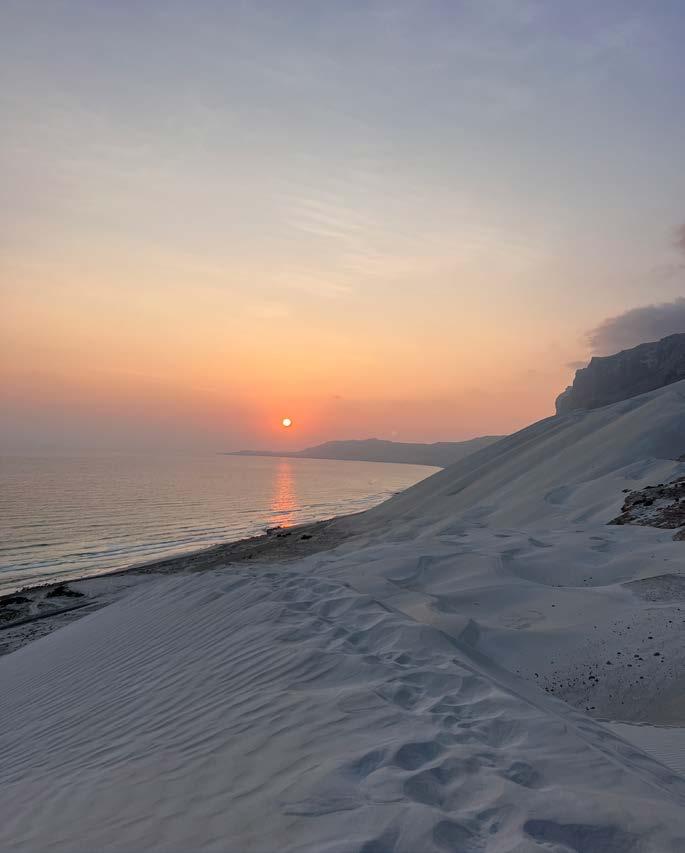
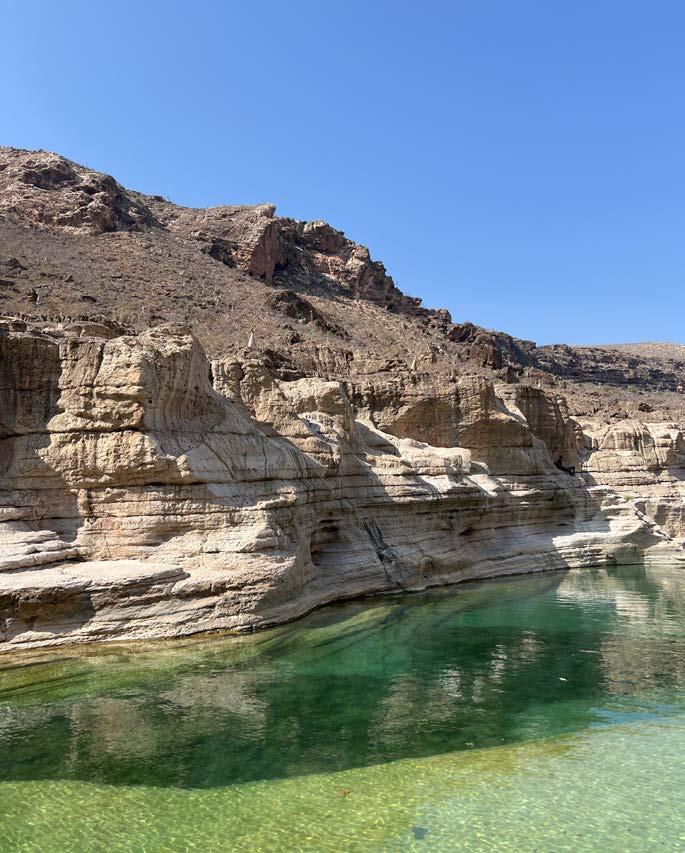
Underwater Wonderland
Another famous landmark of the island, the white sand dunes of Arher, formed by monsoon winds, rise like a mirage against the sea. It is a tough climb to the top, usually done at dawn, but the views of the ocean and landscape are worth every step. At sunset, the dunes glow with golden light, and freshwater streams create unexpected oases. Camping here under the stars, maybe after a fresh lobster dinner, is a highlight of the trip.
Socotra’s Secret Pools
Two of Socotra’s most magical swimming spots are tucked into its wild landscapes. The Homhil pool, reached by a shorter hike through dragon’s blood and frankincense trees, is a true natural wonder. Perched on the edge of a cliff, its cool, clear water offers a refreshing dip and breathtaking views over the valley and out to the sea. Wadi Ayhaft, meanwhile, is a lush canyon known as Socotra’s natural nursery. After trekking through the wadi, there’s nothing better than a swim in these crystalclear pools - or, for the adventurous, leaping from the high rocks into the water below.
Socotra’s magic clearly isn’t limited to the land. The Dihamri Marine Protected Area is a snorkeler’s dream, home to more than 80 coral species and 150 types of fish. Parrotfish, moray eels, rays, and the occasional turtle glide around. Even though we were only snorkeling, the underwater world was so mesmerizing that we found ourselves signing up for a diving course once back in Kenya!
Shuab Beach: The Edge of Paradise
Getting to Shuab is an adventure in itself. We boarded a small boat in Qalansiyah, on the west of the island, and set out across the most turquoise waters. While the boat skirts dramatic cliffs, a pod of dolphins surfaces nearby and starts playing around us - a truly unforgettable moment. When we arrive, Shuab’s five-kilometer stretch of powdery white sand and clearest water completely stuns us. The beach is so remote that it often feels like our own private paradise, with only a handful of fishermen living in simple huts at the far end of the beach. We’re invited to share tea with them, and offered a rare glimpse into a way of life unchanged for generations.
The Sand Dunes of Arher
Nomad ExclusiveMigration
Self Catered Mara Experience -
Residents offer
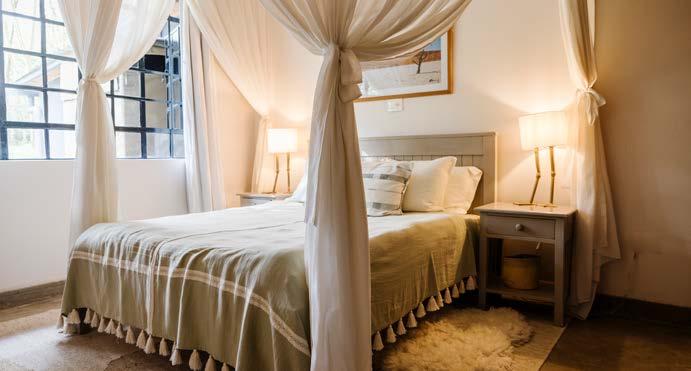
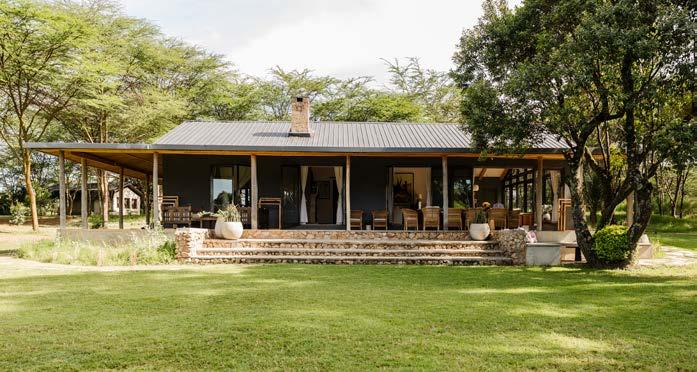

Tucked away along a quiet stretch of river in the Enonkishu Conservancy, The Spinney on the Mara is a hidden retreat that brings together the best of the bush with the ease of a private home. Designed for residents looking to escape the crowds and experience the Great Migration in comfort and privacy, this self-catered boutique property invites families and friends to slow down and savour the wild. With space for up to eight adults and eight children, it’s a place to gather, explore, and reconnect.
Days here follow your rhythm. Wake to birdsong and distant roars, then set out on a private safari into the
Masai Mara Reserve, where the drama of the Great Migration unfolds. Beyond the Mara, Enonkishu and neighbouring conservancies offer more to explore: track rhinos on foot in Ol Chorro, take a horseback safari across the plains, or climb Mt. Kileleoni for stunning views. Back at camp, spend your afternoons swimming, playing tennis, or simply watching wildlife wander by from your riverbank perch.
Whether gathered around the firepit at dusk or sharing a quiet morning by the river, time at The Spinney where the magic of the Mara becomes your own.
Plan your Mara Exclusive today

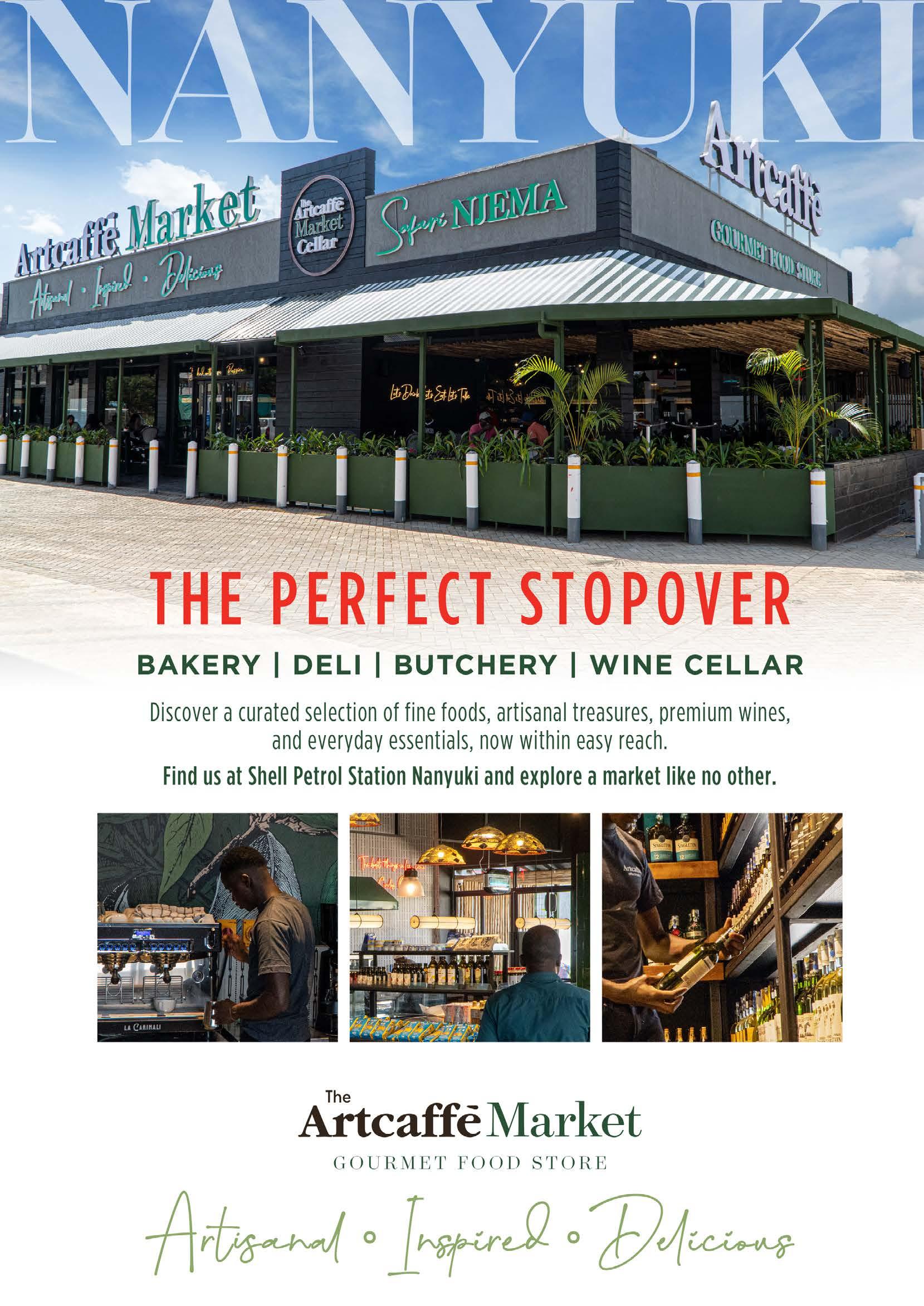

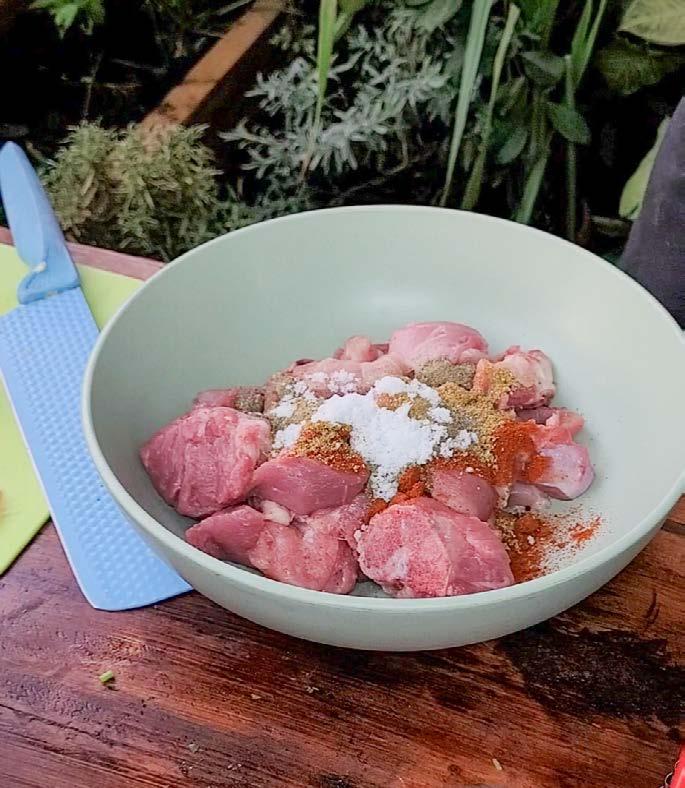
Marrying Flavours:
A Kikuyu-Inspired Pork Braise with a Cider Twist
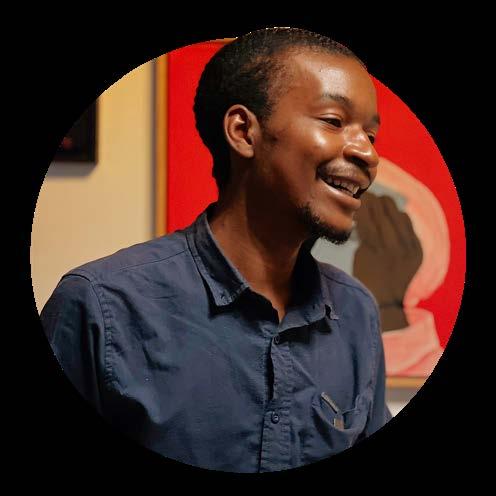
By Beni Rumasha
The Story Behind the Dish
Food is more than sustenance, it’s a language of love, tradition, and adaptation. As a Congolese-born, Kenya-raised chef, I’ve spent years weaving together the culinary threads of my heritage with the vibrant flavours of East Africa. But marriage, as I’ve discovered,
introduces you to an entirely new palate, one you didn’t realise would reshape your own.
For the Kikuyu community, pork holds a special place; slow-braised, richly spiced, and often paired with ugali, the dish is a celebration of depth and comfort.
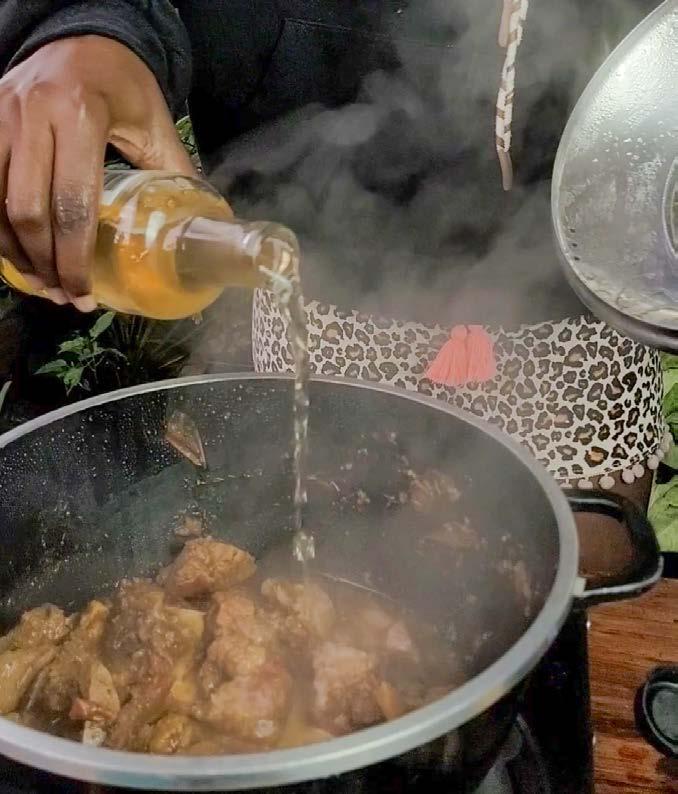
But pork’s prominence in Kikuyu households isn’t just about taste; it’s tied to a quiet agricultural revolution. Historically, pigs were introduced to central Kenya by colonial settlers in the early 20th century, but it wasn’t until the mid-1900s that small-scale pig farming took off as an economic lifeline. Pigs required less land than cattle, reproduced quickly, and thrived on kitchen scraps, making them an accessible source of income, and eventually, protein for Kikuyu families. By the 1970s and ’80s, pork had shed its stigma as a “colonial” meat and became a staple, especially in festive and communal meals. 40 years later, here I am playing my part in a centuries long culinary assimilation.
Before marriage, pork was an occasional indulgence for me. Now, three years in, I’ve eaten more of it than in my entire life combined. This recipe was born on a lazy Sunday when my wife requested her favourite: pork braised with whole-grain ugali. But true to my Afrofusion roots, I couldn’t resist a twist, a splash of dry cider, lending a subtle tang that elevates the dish from familiar to extraordinary. It’s a small rebellion, a nod to the beauty of blending traditions, much like how pork itself became woven into the fabric of Kikuyu daily life.
Here's how we make ours.
Scan for more food inspiration from Chef Beni
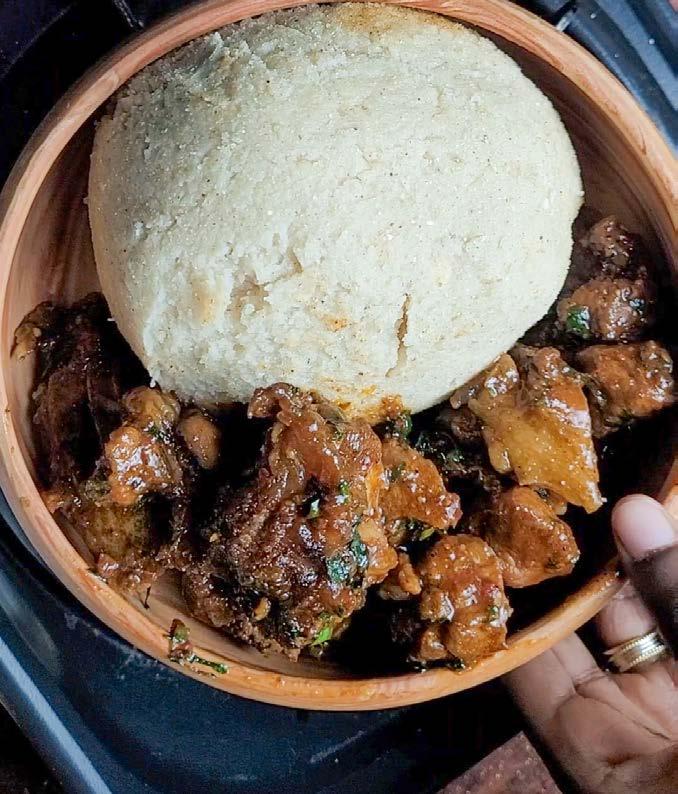
RECIPE LENGTH
60 minutes: 10 minute prep time, 50 minute cook time.
INGREDIENTS
500g pork belly or pork shoulder (cut into 1.5-inch cubes), 2 tbsp oil (vegetable), 2 tbsp dark soy sauce (for color, optional), 1 tbsp sugar (or rock sugar)
½ cup of Cider, 3 to 4 cloves garlic (grated)
Fresh Coriander or Parsley, 1 tsp Black Pepper
1 tsp Cumin, 1 tsp Paprika, 1 tsp Salt, 2 Onions (cubed), ¼ cup of honey
INSTRUCTIONS
1. In a bowl, rub your pork with your garlic, spices and seasoning. Let this sit for a bout an hour
2. Put your pot on medium high before adding your seasoned pork, soy sauce and tomatoes, allowing it to sear with a little bit of vegetable oil. In case it releases any water, allow it to release the water and let it fully reduce. For about 30 minutes on medium low

3. Reduce the sauce created by the released water and tomatoes: mix periodically to prevent burnt spots until sauce thickens (5–10 mins).
4. Serve: Garnish with green onions or fresh dania. Great with Ugali!
Siro Brugnoli: A Life of Challenges Turned
into Opportunities
Siro Brugnoli, the owner of Kiboko River Camp, lived a life that’s been shaped by resilience. A complex childhood marked by polio, contracted at age four, left his legs and left arm severely affected. After long hospital stays, he spent much of his early years moving on all fours or with the help of a cane. By the age of 14, he began walking with the support of two Canadian crutches, which he used until switching to a wheelchair in recent years.
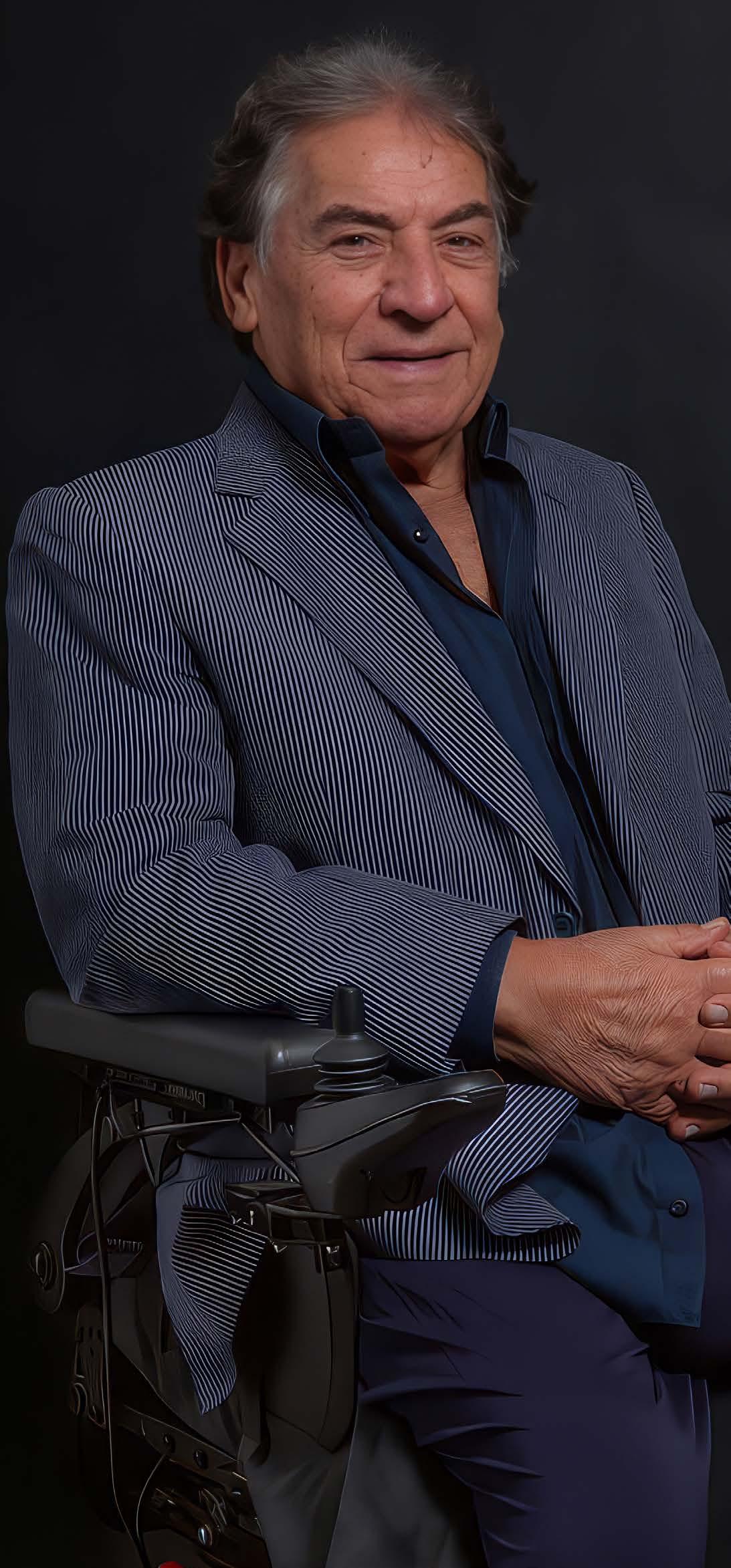
But Siro never let obstacles get in the way of living his life to the fullest. He traveled extensively, breaking down not only physical barriers but also mental ones. He transformed every difficulty into an opportunity for reinvention and inspired others along the way.
Kiboko River Camp is the realization of Siro’s dream. It is not just a lodge immersed in the African wilderness, but a one-of-a-kind retreat designed by Italian architects with a level of accessibility rarely found in African safari camps.
We had the privilege of meeting Siro in person. We not only heard his story firsthand but also immersed ourselves in his vision and experienced the journey that led him to create a truly inclusive destination. His insights invite us to see the world through the eyes of someone with a disability and to discover how travel can be reimagined for all.
What inspired you to create Kiboko River Camp, and why was it important to build a fully accessible lodge?
I’ve been on many safaris across Africa. When I was still using Canadian crutches, I could manage, even though the camps were not fully equipped for people with disabilities. But once I started using a wheelchair, I realized there were no lodges where I could comfortably stay overnight to enjoy the safari.
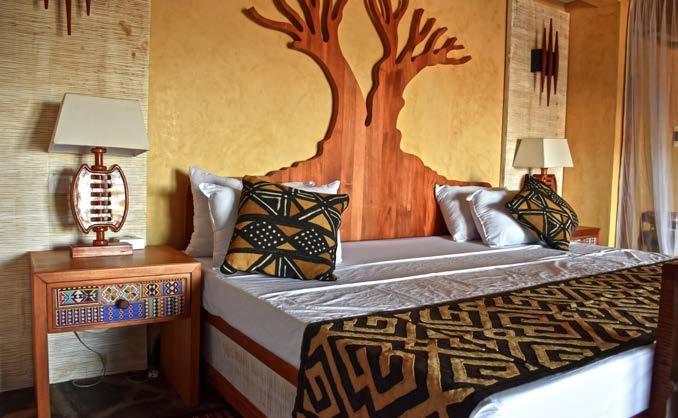
That’s when I decided to build one, not only for myself but for others too. I know how important it is, whether you're disabled or not, to spend a few peaceful days in nature, surrounded by wildlife, without having to compromise on comfort or accessibility.
What makes Kiboko River Camp different from other camps, and how do you ensure an inclusive experience for all guests?
The entire camp is accessible. There isn’t a single step. A person in a wheelchair can move freely from the pool to the bar, the tents, and the restaurant. They can do so independently and without assistance. That freedom is incredibly satisfying.
Hotel facilities advertised with the “Handicap” label, should be certified by a committee also formed by people with disabilities, which I am not aware is done anywhere in the world: which is why many people with disabilities do not travel for fear of being in noninclusive situations.
What is your vision for Kiboko River Camp's future, and what message of hope do you want to share with travelers?
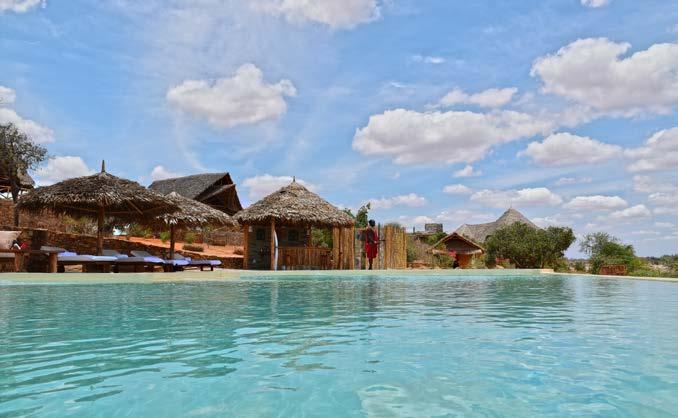
My vision for Kiboko River Camp is to host local youth and hold classes on respecting animals and the environment. The future begins with the next generation, and education is key.
My message of hope is that all facilities that claim to be accessible, should truly be accessible. Only then will people with disabilities have the confidence to travel and explore the world freely.
What has been the most meaningful feedback you’ve received from a guest?
One of my proudest moments was when a boy in a wheelchair arrived at the camp. He was able to swim in the pool on his own, without being lifted or assisted, thanks to our electric chair-lift system. That kind of independence and dignity is priceless.
It is fair to say that this man's life and work is a testimony that with willpower, resilience and empathy, it is possible to turn every difficulty into an opportunity for growth and sharing.
Scan QR for more information on Kiboko River Camp


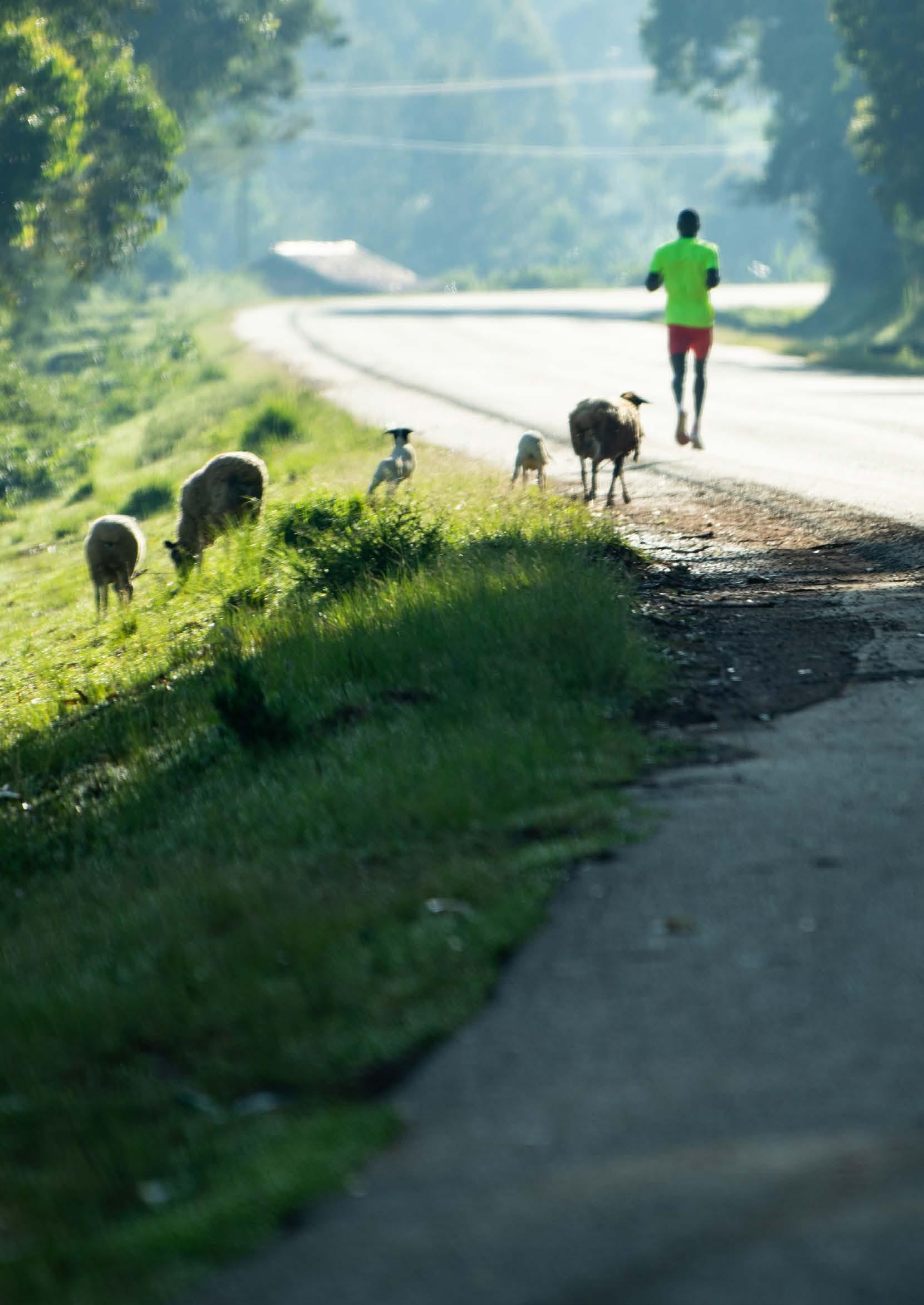
Running Together:
How Two Visionaries Built Kenya’s Most Inspiring Running Retreat
We traveled to Kapsabet, the heartland of Kenya’s running culture, to meet the duo behind the 2 Running Club & Lodge: Italian coach Claudio and Kenyan entrepreneur Alkesh. Our goal was to learn about their unique journeys and to discover how their paths converged to create this running club and retreat. In this interview, they share the story of their partnership, the vision behind their joint venture, and what makes Kapsabet and 2 Running Lodge a truly special destination for Olympic runners and anyone interested in this fascinating discipline.
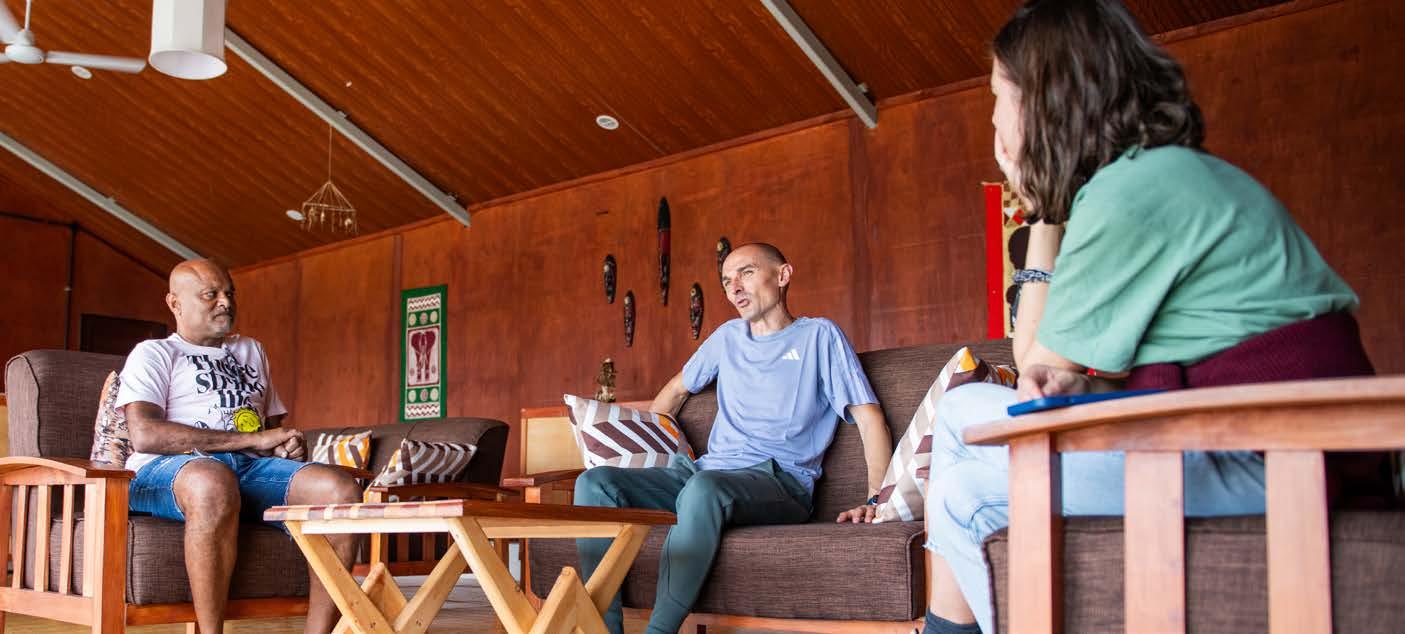
How did you both get started on the path that led to 2 Running Lodge?
Claudio: I always had a passion for sport, not specifically running. I studied sports science in Milan and, through friends, got involved with East African athletes training in Italy. My first trip to Kenya was in 2004, and what began as a short visit turned into a 20 years stay. I found myself drawn to the people and the place, eventually meeting my wife here and starting a family. Over the years, my focus shifted from working with Kenyan athletes in Europe to building a life and career in Kenya. And I am still learning!
Alkesh: My background is in business, but I’ve always loved adventure and had a bucket list that included running a marathon. My first marathon was in Copenhagen, and it was a humbling experience: I finished in five hours and realized I needed proper coaching. Through a cousin, I connected with Claudio, and under his guidance, I improved dramatically. That’s how our partnership began.
How did the idea for 2 Running Lodge come about?
Alkesh: After my marathon, I wanted to build something unique in Kenya for runners. Most running tourism is centered in Iten, but Kapsabet was still authentic and untouched. I invested in the property and construction,
while Claudio brought his network and expertise. We wanted to create a place for both elite and recreational runners, rooted in simplicity and community.
Claudio: The lodge came together quickly thanks to Alkesh’s experience. We opened in less than a year, and we’re already seeing interest from groups all around the world. Meeting Alkesh was transformative for me - his vision and business sense have been the perfect complement to my coaching background.
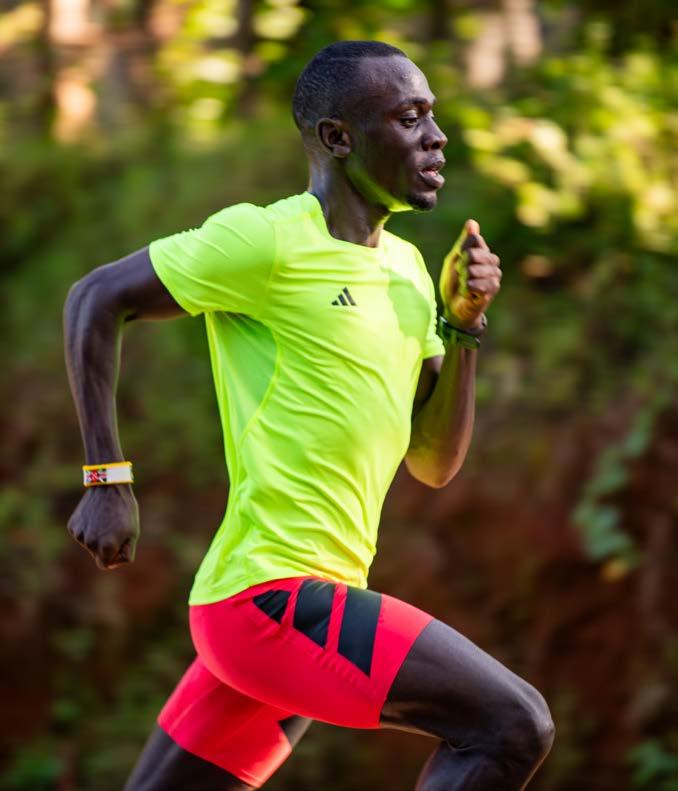
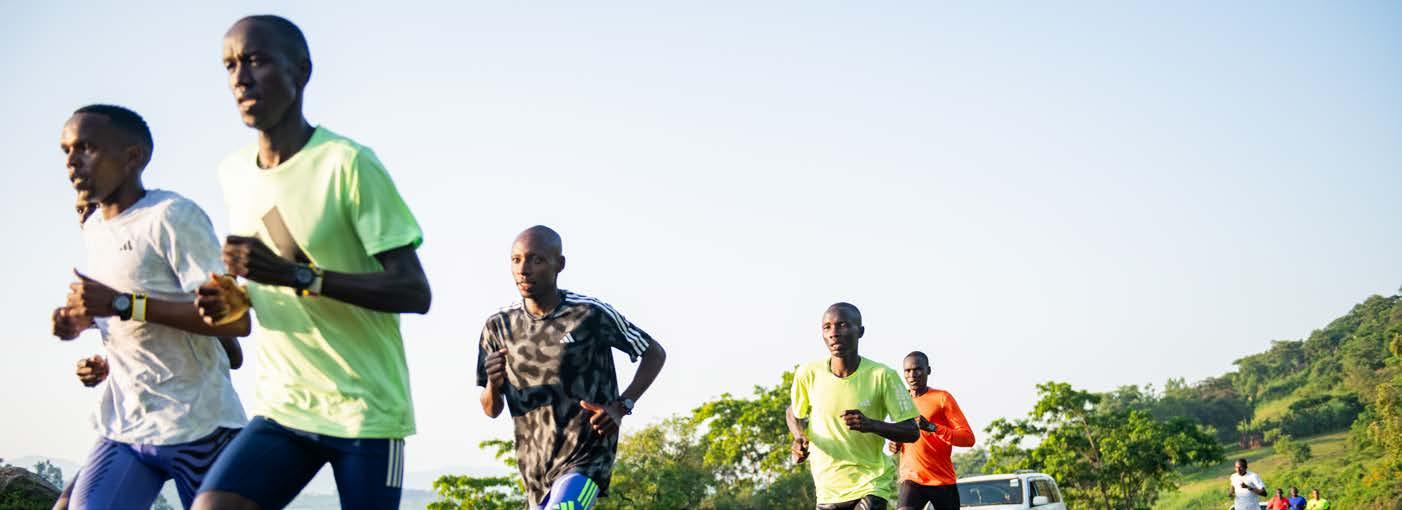
What makes Kenyan runners so extraordinary? Is there an ‘X factor’?
Claudio: There’s no single answer. Genetics, physiology, and morphology play a role, but I think the real difference is culture and motivation. Here running is part of daily life: kids run to school, run for errands… running is seen as a way to emulate champions and create opportunities. The tradition, combined with the drive to support large families and hope for a better future, creates an environment where world-class athletes can be born and thrive. Running here is a way of evolving as a human being, not just a sport.
What do you hope guests take away from their experience at 2 Running Lodge?
Claudio: I hope they rediscover the value of simplicity and community. This is about more than just running - it’s about connecting with nature and people, and maybe disconnecting from the noise of modern life. We offer
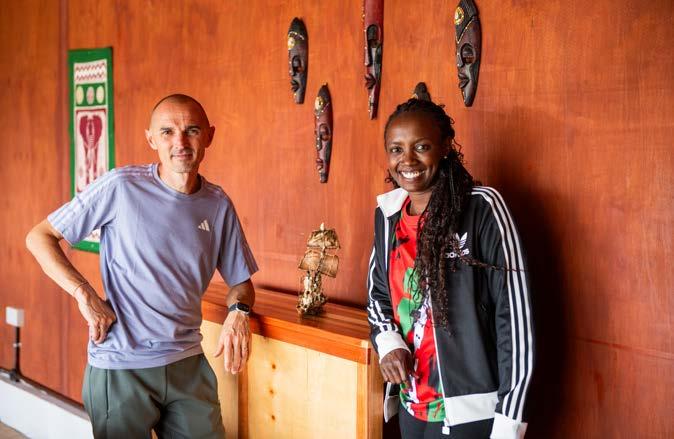
well-serviced accommodations, local coaches, and sometimes even the chance to literally run alongside elite athletes. Guests can see how humble these champions are and experience the authenticity of the Kenyan running community. Our dream is for 2 Running Lodge and its running club to become synonymous with both elite performance and accessible, meaningful running experiences for all. We want to be a place where people from around the world can come to train, learn, and be inspired by Kenya’s running culture.
Alkesh: We want people to leave with memories that stay with them - this is an experience that’s transformative both physically and mentally. Whether someone is chasing a personal best or just seeking inspiration, we want 2 Running Lodge to be a place for growth, learning, and connection.
This interview has been edited and condensed for clarity.
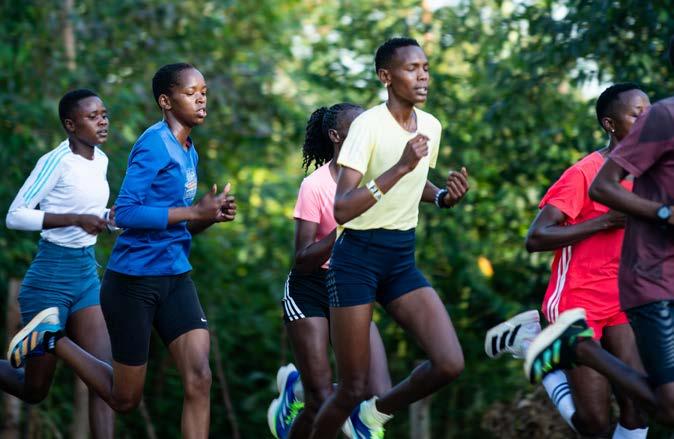

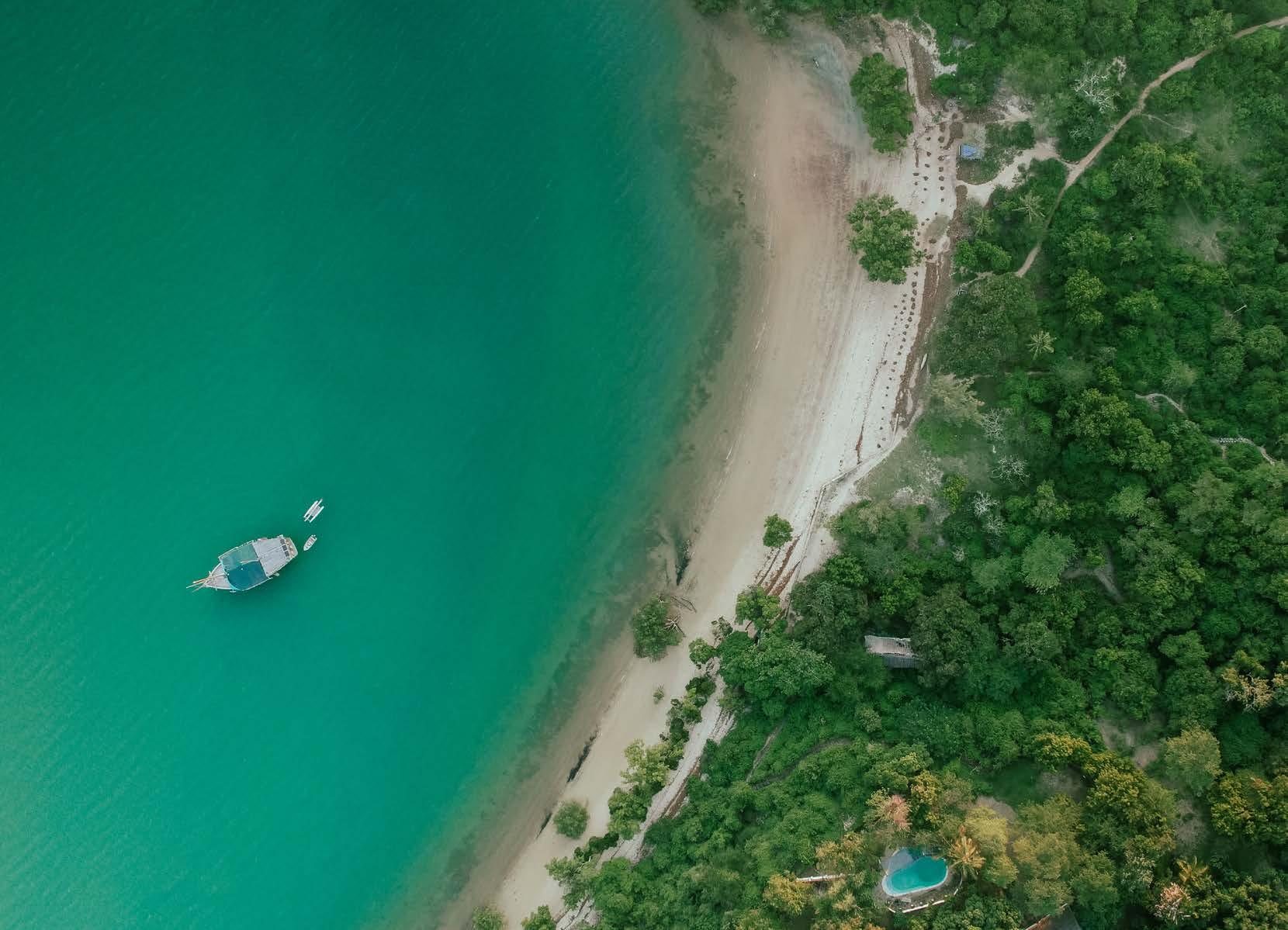

By Mia Ruffo
East Africa is home to some of the world’s most iconic landscapes and communities. From the Great Rift Valley to the forests of Rwanda, the region has long captivated travellers. Yet tourism, while vital to the economy, has often come at a cost, contributing to environmental degradation, cultural exploitation, and economic inequality, leaving communities with little share of the wealth generated from their lands.
Powered by AI: A New Era in East Africa’s Tourism
Now, a quiet revolution is underway. Artificial intelligence (AI) is emerging as a powerful ally in regenerative tourism — aligning conservation, community empowerment, and visitor experience in unprecedented ways.
“AI is not just streamlining operations, it’s helping restore ecosystems and rewire who tourism serves,” says Dr. Amina Lessen, advisor with the African Regenerative Tourism Initiative.
Beyond Sustainability
Sustainable tourism focuses on minimising harm. Regenerative tourism goes further: it seeks to leave places better than they were found by restoring landscapes, strengthening local economies, and honouring indigenous knowledge systems. This vision is gaining momentum across East Africa, where AI is deployed to protect wildlife, build smarter infrastructure, and reconnect tourism with local people and priorities.
Photos by Lookasse and Mourad
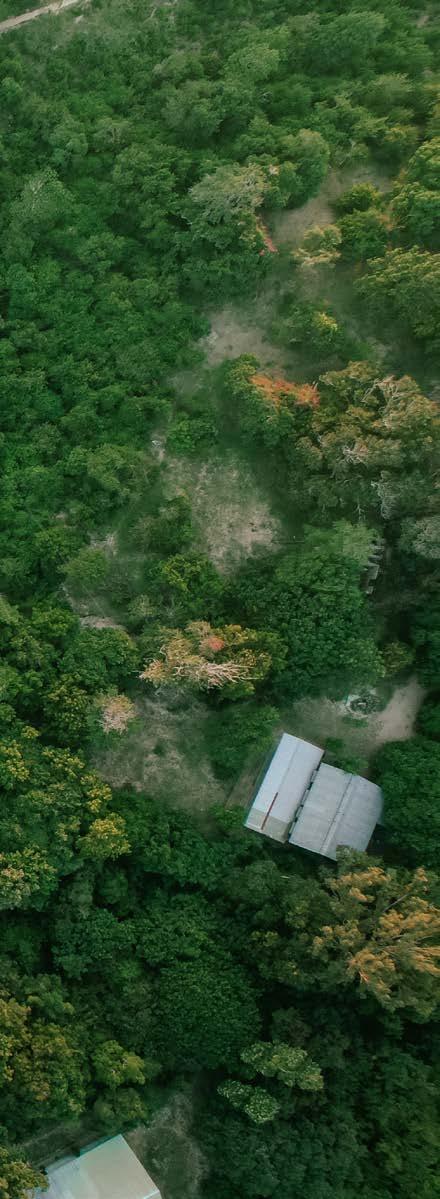
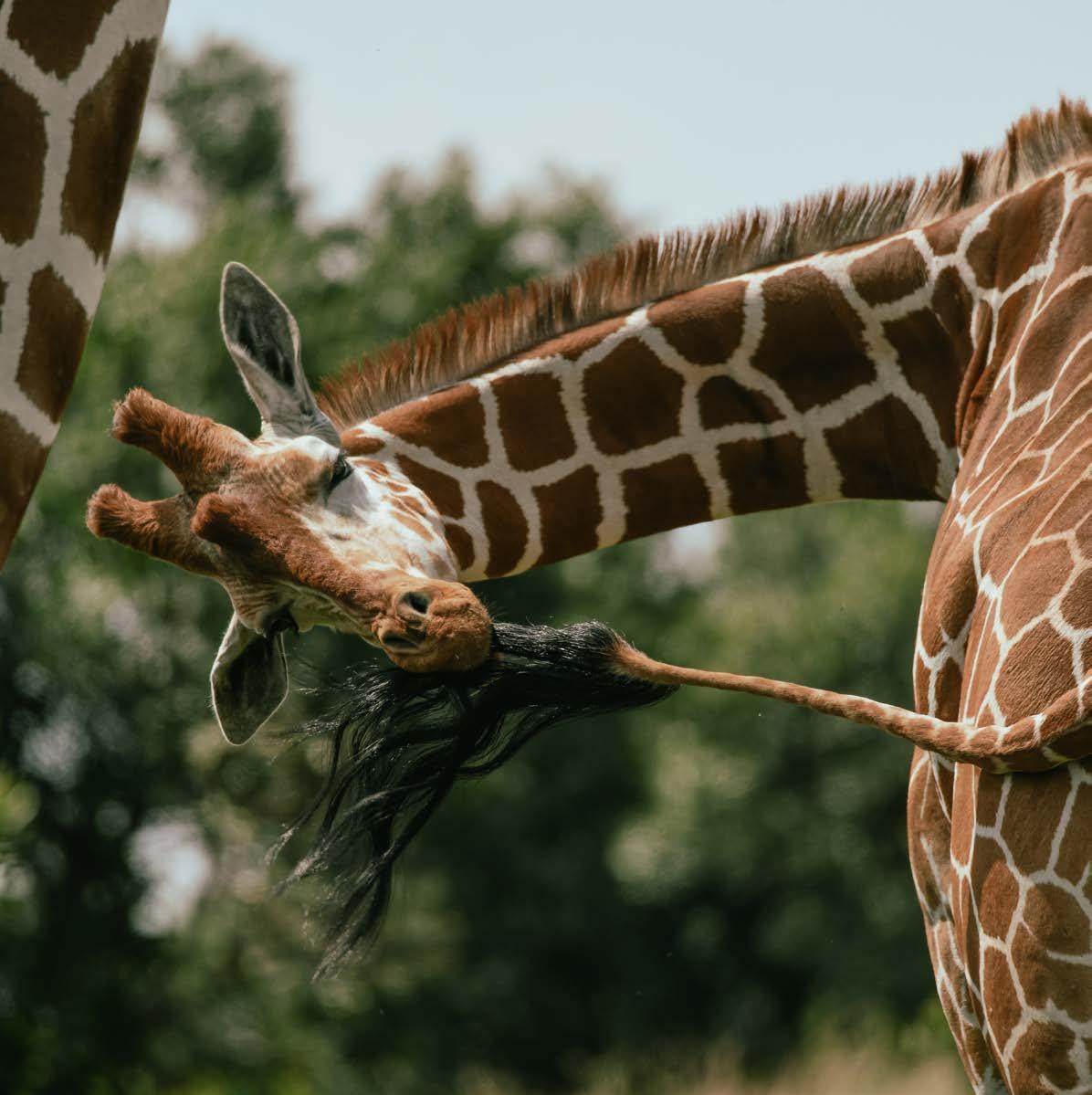
On the Frontlines of Conservation
AI tools are transforming how rangers and conservationists protect wild places. Machine learning systems now process data from drones, camera traps, satellites, and acoustic sensors to predict wildlife movements, detect poaching threats, and map habitat health.
“AI gives us eyes and ears across landscapes we could never cover on foot,” says John Mugisha, head ranger at Akagera National Park.
In Kenya’s Aberdare Range and Rwanda’s Akagera, AIassisted satellite imagery monitors forest regrowth and pinpoints reforestation sites, while AI-guided drones offer real-time surveillance across vast areas. In the Maasai Mara, AI-enhanced SMART systems process ranger patrol and camera trap data to identify poaching hotspots and illegal grazing patterns, contributing to a significant decline in incidents.
Smarter Stays, Smaller Footprints
AI’s potential extends beyond conservation. It is also enabling greener, more resilient tourism infrastructure. In northern Kenya, Sasaab Lodge uses AI to forecast solar energy demand by analysing occupancy, weather, and historical usage, cutting diesel consumption by 40% over two years. Water usage is monitored as closely, with AI detecting leaks or excessive consumption — crucial in drought-prone regions.
“The data tells us exactly how to adjust… It’s taken the guesswork out of sustainability,” says general manager Jared Ole Ntimama.
In Tanzania’s Usambara Mountains and Ngorongoro Highlands, eco-lodges like Gibbs Farm use AI dashboards to manage solar and water consumption in real time, achieving low-impact operations without compromising guest comfort. Safari operators in the Serengeti and Laikipia are piloting AI-assisted route planning to cut fuel use and reduce wildlife disturbance.
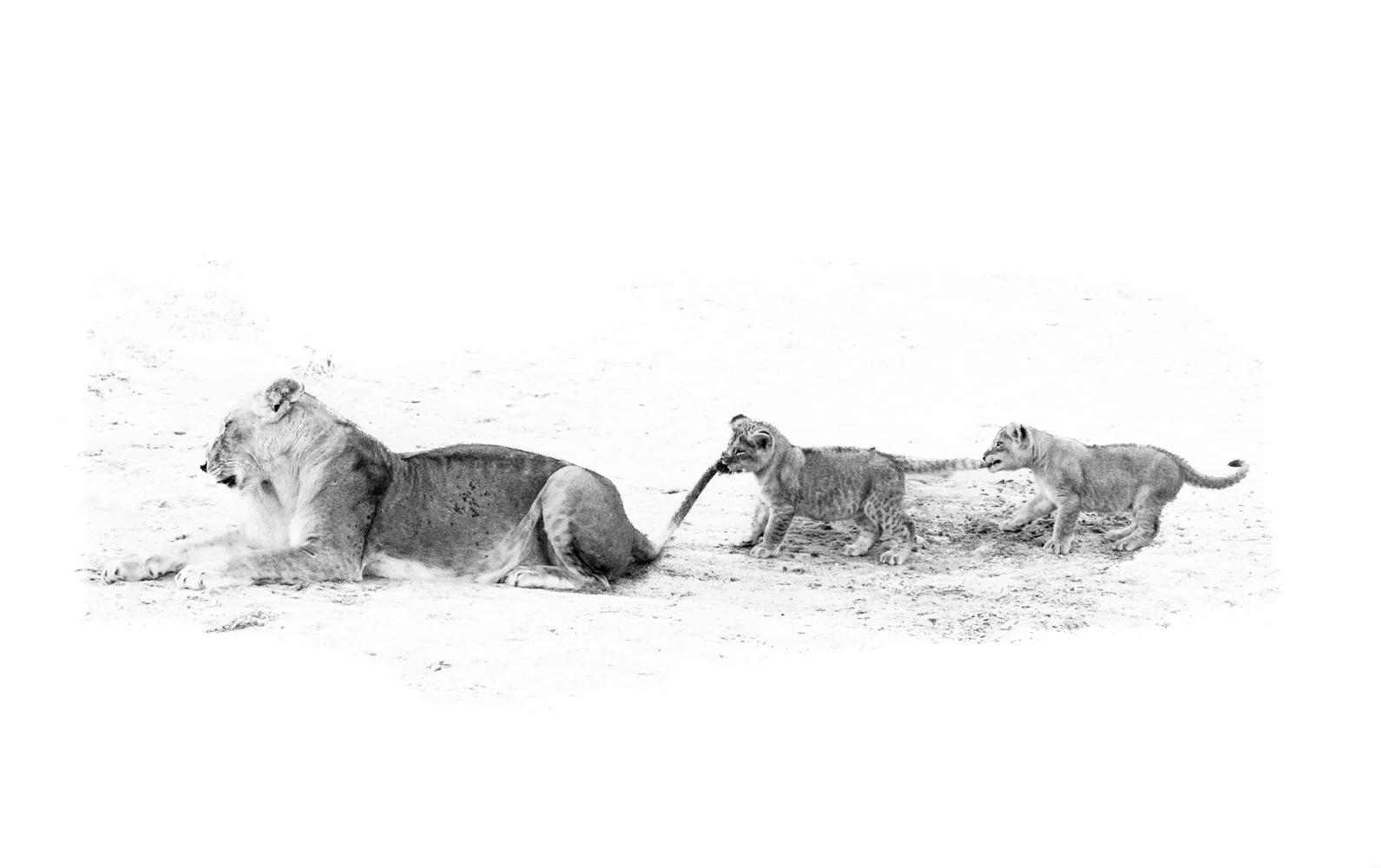
Technology for the People
Regenerative tourism must ensure that benefits flow directly to communities — and AI is helping make that happen. In Kenya, startups like ConserAI are developing affordable machine learning tools for small community conservancies, helping to monitor land health and market community-owned destinations. In Tanzania, park authorities are partnering with universities to design AI models informed by indigenous knowledge, ensuring technology complements rather than overrides local management practices.
“We’re using AI to plan grazing, track wildlife, and tell our own stories. Tech is finally helping communities stay on the land, not push us out,” explains co-founder Fatma Ahmed.
Meanwhile, in Zanzibar, the Tourism Commission is trialling AI platforms that promote local artisans and lesser-known communities, encouraging slower, more immersive travel that strengthens cultural resilience.
Smarter Tourism, Deeper Connection
AI is shaping how tourists interact with destinations. In Rwanda, the Visit Responsibly app tracks travellers resource use and waste. At checkout, visitors receive a personalised sustainability report with suggestions for offsetting through local reforestation or community initiatives.
“We want tourists to understand their impact. AI helps
make that visible,” explains program lead Celeste Makarugema.
In Kenya’s Laikipia region, AI and augmented reality are used on walking safaris to identify flora and fauna species in real time. These tools, co-developed with local communities, foster more respectful, informed engagement with ecosystems. At Segera Retreat, A insights guide staff in matching guests with ongoing conservation efforts. While these pairings are still facilitated by people rather than automated systems, operators are piloting apps that use live ecosystem data.
“Guests used to ask for massages and sundowners. Now they ask to plant trees or join a camera trap walk,” says Segera conservationist host Peter Karuiru.
A Regenerative Future
AI is no silver bullet for regenerative tourism. But in the right hands, it can help heal landscapes, support biodiversity, and empower communities. The real test lies in how it is applied. Technology must serve local priorities, uphold indigenous knowledge, and deliver benefits where they are most needed, rather than deepen inequalities or enable digital colonialism.
East Africa’s embrace of AI offers a promising vision of how tourism can shift from extractive to regenerative. As the region navigates escalating social and environmental challenges, the question is not whether AI can support this transformation — but how inclusively and ethically we choose to design, deploy, and govern these technologies.
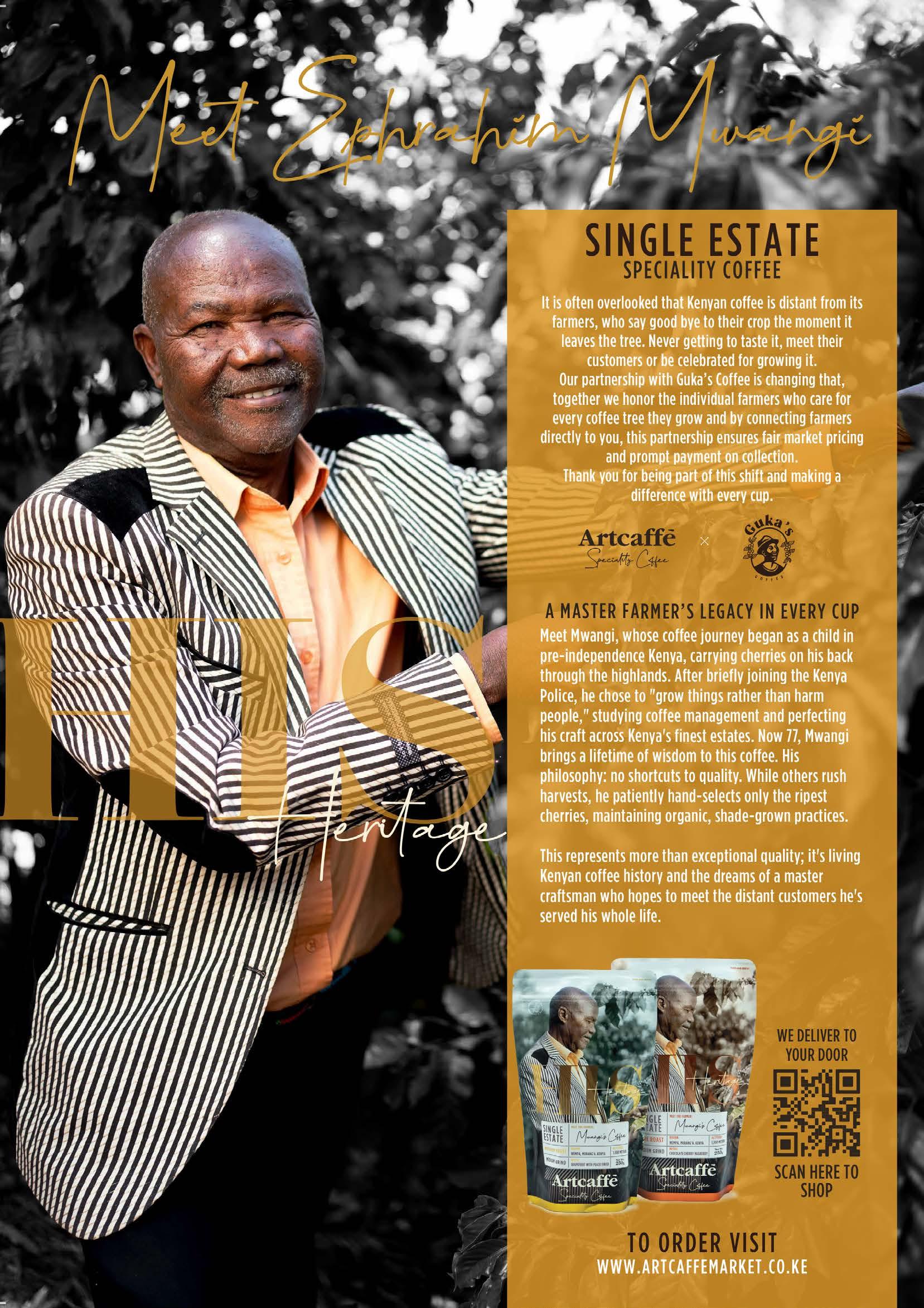

More Than a Meal:
KOFISI’s
Kitchen Movement for Sustainability
In Kenya, food loss and waste amount to a staggering Ksh 72 billion annually. According to UNEP’s 2021 Food Waste Index Report, each Kenyan discards around 99 kilograms of food per year, even as food insecurity remains a pressing challenge.
KOFISI Africa, known for its elegantly designed workspaces, is taking this challenge head-on— reimagining how their kitchens operate to reduce food waste and environmental impact.
In 2024, KOFISI launched a comprehensive Sustainability Audit, reaffirming its commitment to environmental, social and operational responsibility. The leadership team works with businesses across Africa to co-create scalable solutions for challenges like climateconscious design, urban greening and sustainable apparels.
Across their Centres, KOFISI’s kitchens serve hundreds of Members and guests each day. That scale brings responsibility and opportunity in how food is sourced, prepared and served. Leading this culinary rethink is Wendy Wahito, Executive Chef and Head of KOFISI’s Food and Beverage team.
Menus at KOFISI shift with the seasons, led not by
whim but by what the land offers. Local and regional producers supply most of what’s served—an intentional decision to reduce food miles and support nearby communities.
Farm to Feed, a regional supplier that connects farmers to markets, is a key partner.
KOFISI sources and prioritises rescue-grade produce — the misshapen, bruised or surplus fruits and vegetables overlooked by retailers. These ingredients are fresh, more affordable and part of a new supply chain rooted in reinvention.
Wendy and her team’s approach is an art form. Vegetable peels are turned into rich stocks. “Ugly” carrots star in the soup of the day. Onion skins and garlic ends lend depth to house-made seasonings.
The result? A kitchen operating at 90% sustainable, where nothing is wasted and everything has purpose.
“KOFISI has been one of our food rescue champions enabling us to off-take as much of farmers’ full harvest as possible. We see them as a key ally in changing our food system to be less wasteful.” Zara Benosa, Cofounder, Farm to Feed.

But the impact doesn’t stop at what’s served. KOFISI has reduced the use of single-use plastics and disposable cutlery in favour of biodegradable or reusable alternatives.
The company has served close to 800,000 cups of local coffee since its inception in china mugs, significantly reducing disposable cup waste and emissions linked to production, transport and disposal.
These efforts will be elevated in new KOFISI restaurants opening across the continent, like at the groundbreaking KOFISI Kaskazi Centre in Nairobi.
The 85,000 sqft Centre will house sustainability-focused restaurants with enhanced waste-sorting systems, a dedicated butcher section supporting a full nose-to-tail approach and full food waste composting.
Now, everything that leaves the kitchens is more than nourishment and reflects a commitment to something greater.
As Wendy puts it:
“Sustainability isn’t a trend — it’s a responsibility. I’m proud that KOFISI’s kitchens prove flavour, creativity and conscience can thrive together.”
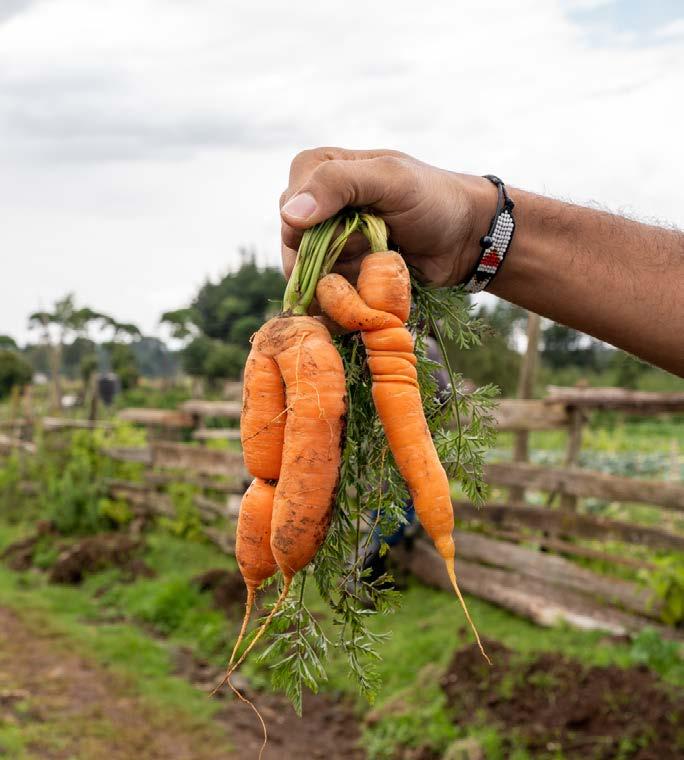
With every meal, KOFISI’s kitchens are leading a quiet sustainable revolution. In doing so, they remind us that how we feed ourselves is how we shape the world we work and live in.
This is sustainability not as a spectacle, but as a standard.
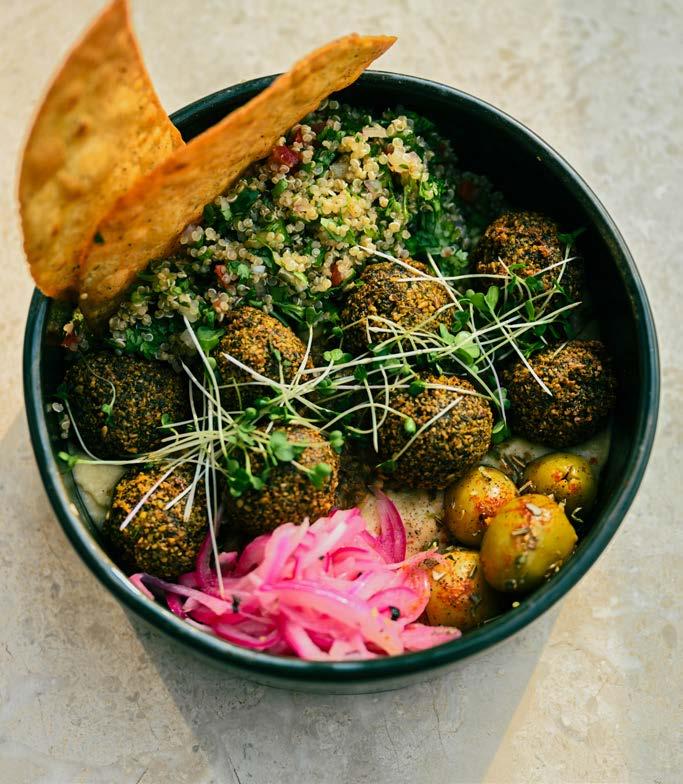
Farm to Feed
Earlier this year, we launched a mentorship and partnership initiative with the Sustainable Travel and Tourism Agenda (STTA) through their Young Change Makers (YCM) Program. As the publisher of Nomad Magazine, we’ve dedicated our platform to nurturing
young talent in conscious storytelling through the YCM program.
As part of this collaboration, we invite a network of Young Change Makers to submit articles aligned with our magazine’s themes. From the contributions
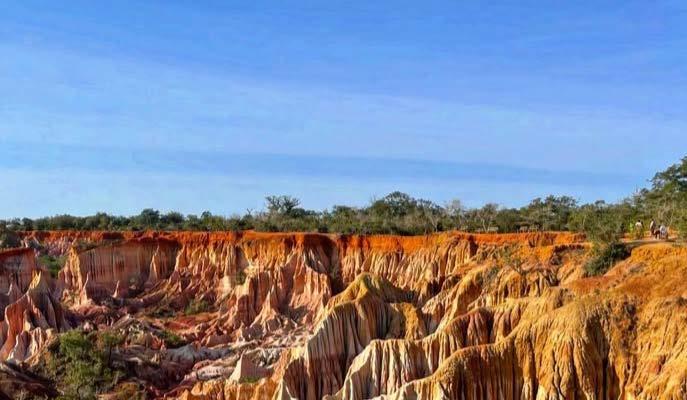
MARAFA HELL’S KITCHENMALINDI
By Kagiri Ian
Malindi, a coastal town along the Indian Ocean, offers a blend of history, culture, and natural beauty. Known for its pristine beaches, vibrant culture, and rich history. But there is more to the common activities along the beaches. Malindi has its own version of hell, and it's absolutely breathtaking! Marafa Hell’s Kitchen, or Nyari as the locals call it, is a geological marvel that will leave you speechless. Imagine a labyrinth of sandstone gorges, sculpted by centuries of erosion, painted in a kaleidoscope of fiery reds, oranges, and pinks.
WHAT MAKES MARAFA HELL’S KITCHEN STAND OUT?
The name “Hell’s Kitchen” originates from the intense
heat experienced during the mid-day within the canyon, making it feel like a “hellish kitchen”. The sandstones displays a remarkable array of colors including whites, pinks, oranges and deep crimsons due to the various minerals present in the sandstones; Sulphur, Iron and Calcium.
It’s a unique geological formation characterized by towering sandstone cliffs, deep gorges and intricate formations carved by wind and rain over millions of years. It also holds cultural significance as the Giriama community had a shrine in one of the gorges; the local community also has a legend associated with Marafa Hell’s Kitchen, adding a layer of cultural intrigue to the site. The rock content in the area is quite heavy since they are primarily made of sandstones, a type of sedimentary rock.
{The red, as shown in the picture above, is from Iron
received, we select the best piece based on creativity, sustainability focus, and storytelling quality. The winner is recognized, celebrated, rewarded, and offered insights and opportunities in conscious travel writing.
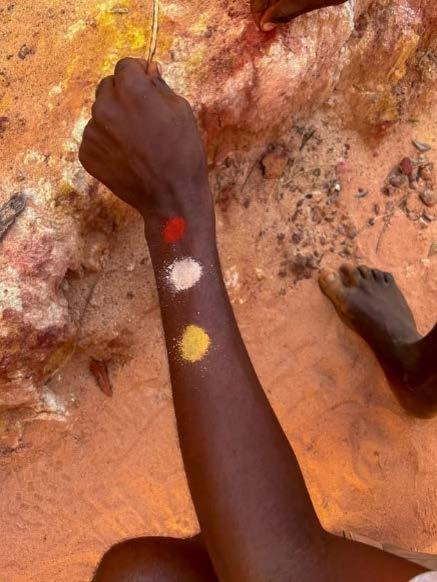
compound, the white is from Calcium compound and yellow from Sulphur compound.}
During the raining season the area smells like “rotten eggs” due to the presence of Sulphur compound in the sandstones; the chemical reaction releases hydrogen sulfide gas which has a characteristic of “rotten eggs” smell.
PERSONAL EXPERIENCES
My recent visit to Marafa was nothing short of an adventure. The journey itself is an experience, winding through rural landscapes dotted with acacia trees and quaint villages. As you approach the site, the anticipation builds, and then suddenly, it appears – a dramatic gash in the earth, beckoning you to explore its fiery depths.
Through this initiative, we aim to give young people a platform to shape meaningful conversations around sustainable tourism and to inspire the next generation of leaders in regenerative travel.
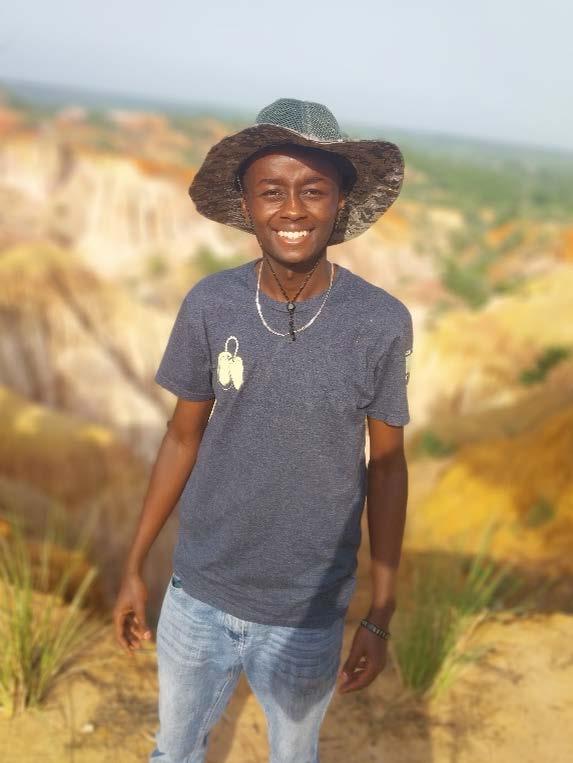
The descent into the canyon is a journey through time. The layered sandstone cliffs tell a story millions of years in the making, a testament to the relentless forces of nature. Our guide, a knowledgeable local, brought the history to life, explaining how wind and rain carved this masterpiece, and sharing the fascinating legends that surround the site.
Walking through the narrow gorges, with towering cliffs on either side, is an awe-inspiring experience. The colors shift with the changing light, creating an ever-evolving spectacle. It's a photographer's dream, with every turn offering a new and captivating composition.
But Marafa is more than just a visual feast. It's a place to connect with nature, to feel the power of the earth beneath your feet, and to appreciate the beauty of our planet's geological wonders.
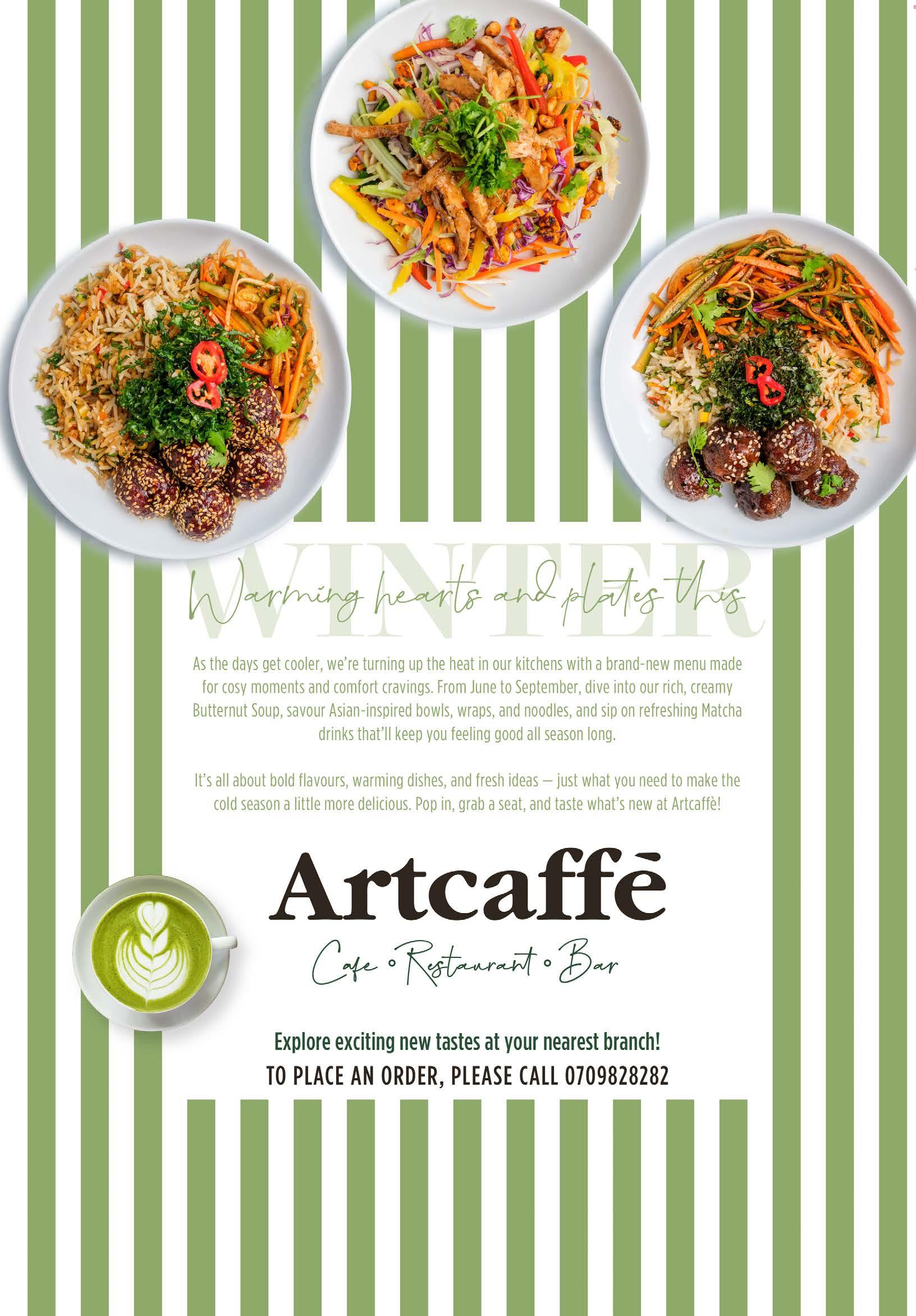

KENYAN BRANDS WE LOVE
One Hundred Years: Woven with Heritage
Born in Nairobi and rooted in a passion for doing things right, One Hundred Years is a high-quality basic wear brand. A sustainable Kenyan label, using fabrics sourced from Eastern Africa, One Hundred Years creates timeless fashion designed to last.
It’s all in the name: One Hundred Years, because their vision matters a century from now. They source locally, produce locally, and sell locally, creating a positive impact close to home.
Every garment reflects a deep respect for craftsmanship and sustainability. Their signature shirt material is
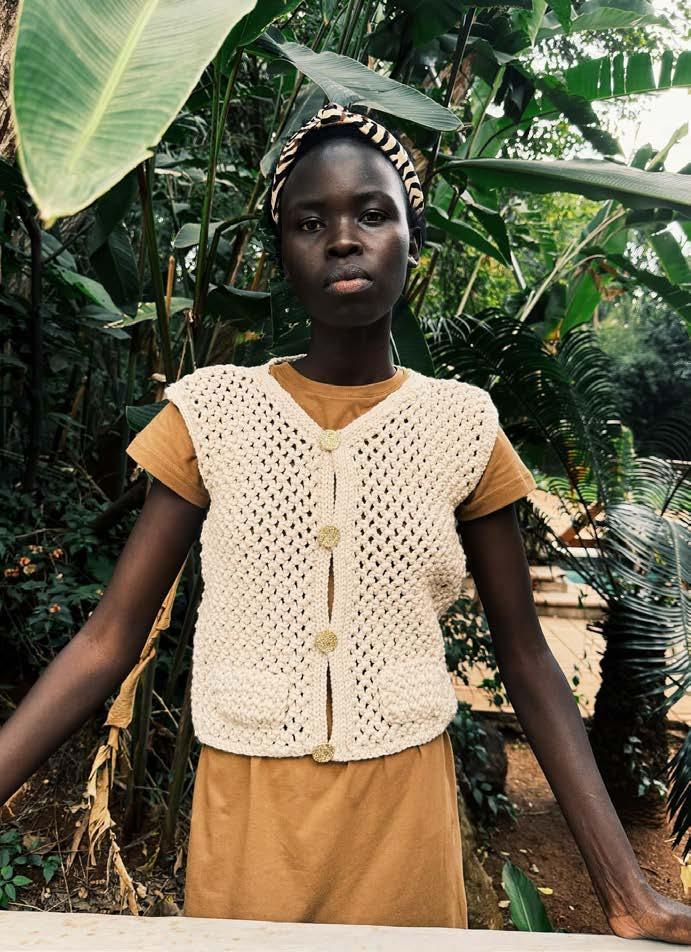
specially made in Madagascar, crafted uniquely for their brand and thoughtfully designed for Kenya’s climate. Considering the cold Nairobi mornings, hot sunny days, and cool evenings, this fabric breathes through the day and keeps you warm at night.
Made to suit any occasion, from the office to a restaurant, their timeless designs are both classic and versatile. Whether you’re looking for a thoughtful gift or something special for yourself, check out One Hundred Years. Where to shop? Visit their shop at Mwanzi Market on Mwanzi road in Westlands or visit their website www.onehudredyearskenya.com
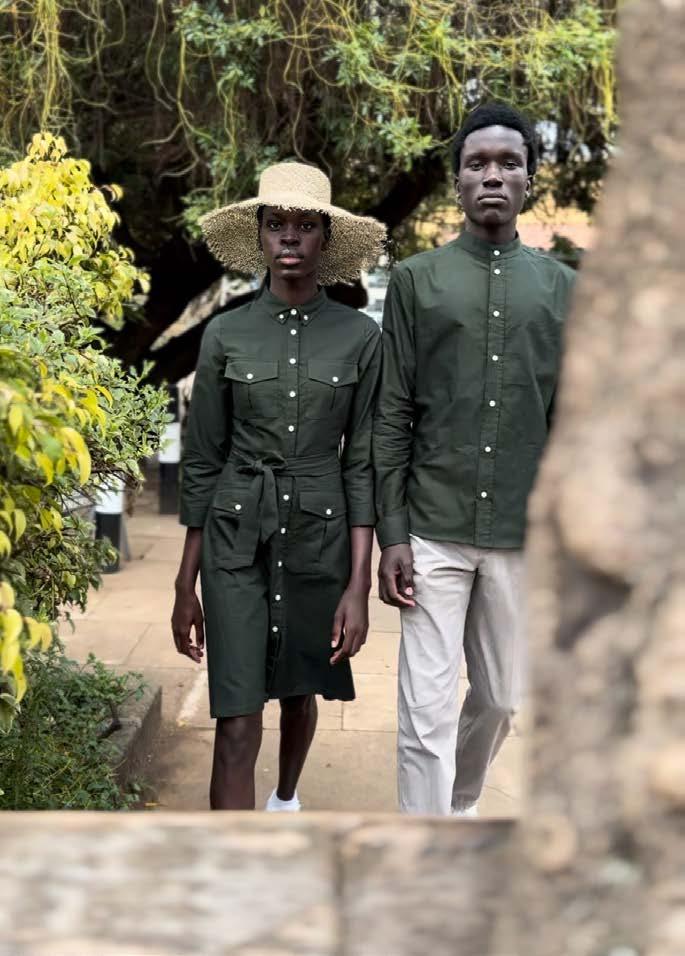
The Good Grain: A Slice of Nairobi's Soul
Artisanal baked goods inspired by life’s simple pleasures and the flavours & ingredients of Kenya.
Tucked away in the heart of Nairobi, The Good Grain is more than a bakery; it’s a warm, welcoming space where community and craft come together. Known for its tahini buns and jam- and custard-filled sourdough doughnuts, this little spot celebrates the simple joys of baking with locally sourced ingredients and a lot of heart. All their leavened baked goods are sourdough, from our loaves and focaccias to filled doughnuts and
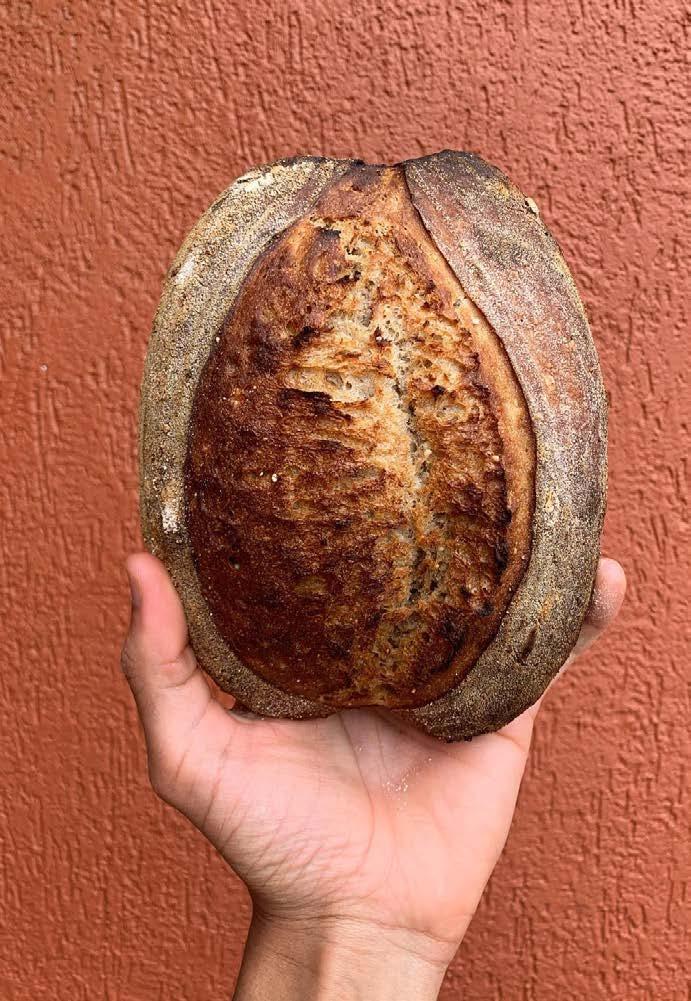
buns.Rustic wood, Kenyan art, and the comforting aroma of fresh pastries set the scene, while the friendly team makes you feel right at home. Whether you're grabbing a treat or settling in with coffee, The Good Grain is a love letter to Nairobi’s flavors: honest, soulful, and delightfully delicious.
Visit their store at AK119 Wayaki Way, Slip Road Wayaki way, Slip Rd, Nairobi, or order online via their website our Instagram

24 hours in Kampala
By Ian Maina
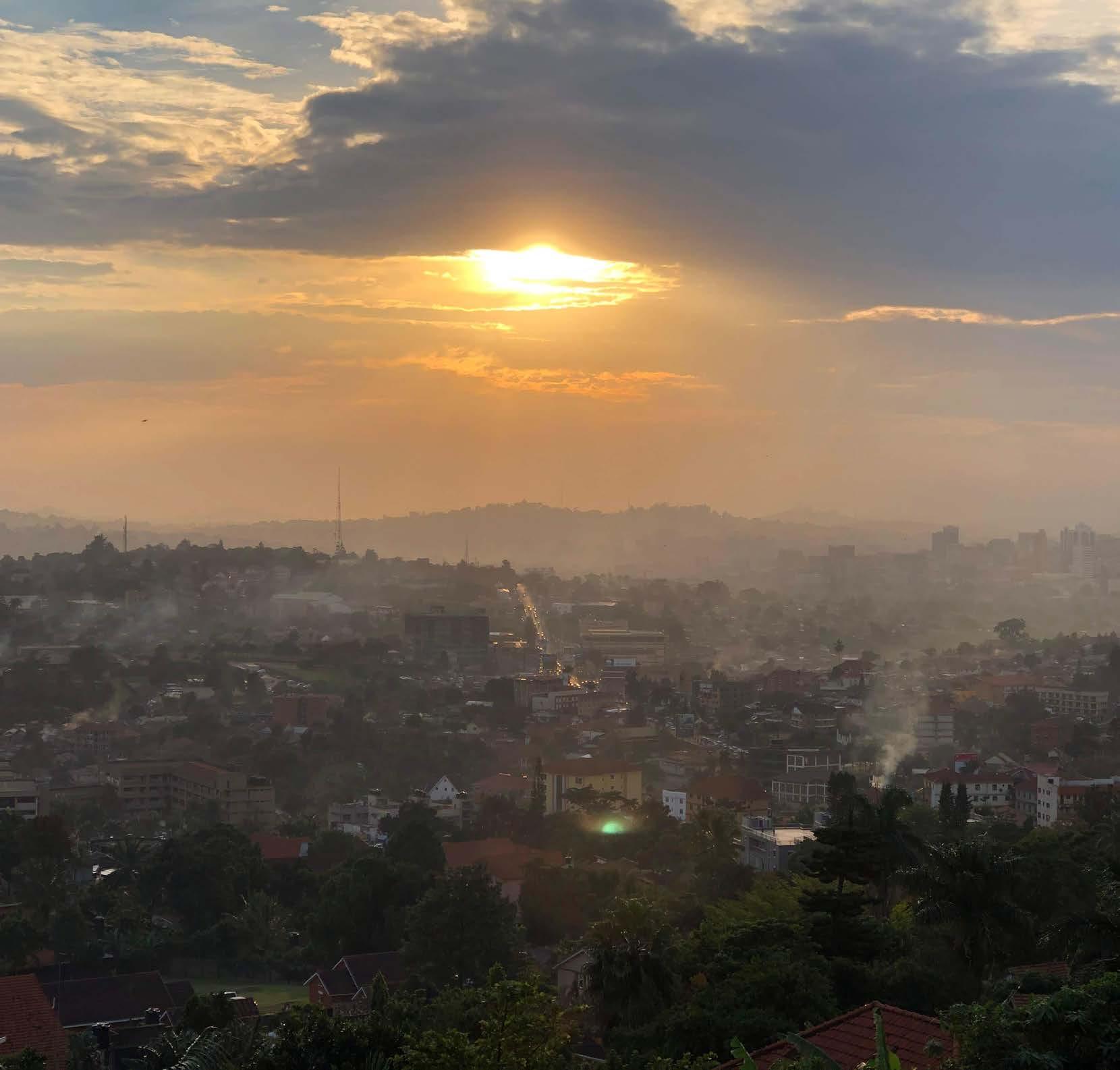

I once called Uganda home for nine years. In many ways it still is, and I return whenever I can. If you ever get the chance to visit, I hope your experience is as meaningful to you as mine was to me.
Kampala. Uganda’s capital, the city of seven hills, and the vibrant heart of The Pearl of Africa. These are no idle boasts. Spend a day here and you’ll quickly realise why this city leaves such a lasting impression. Kampala doesn’t just move, it pulses. Whether it’s the golden glow of sunrise or the sultry haze of dusk, the city hums with a kind of energy that’s rare and intoxicating.
It’s often said Kampala is the most energised city in East Africa with its relentless movement and unfiltered hustle, is its beating heart. The true rhythm of Kampala is best felt from the back of a boda boda - the city’s motorcycle taxis. Watching them weave through traffic is
like witnessing Brownian motion in real life: zigzagging, darting, entirely unpredictable. They’ll carry anything and go anywhere. For a safer experience, opt for SafeBoda which offers helmets and a little more sanity.
Kampala has a rich blend of cultures, flavours, art, and architectural contradictions, modern glass towers share skylines with colonial relics, ageing 70s brutalist blocks, and the domes of religious landmarks. It’s messy and magnificent in equal measure. Kampala’s architecture tells its own story. You’ll find remnants of colonial British designs, Afro-modernist government blocks, and informal settlements stacked in patchwork across the
hills. Makindye Hill, home to the stylish Latitude 0° Hotel, offers refined hospitality paired with sweeping city views. Nearby, the Diplomat Hotel, faded and frayed, remains a favourite sunset lookout. What it lacks in polish, it makes up for in atmosphere.I’d also recommend a visit to the Gaddafi Mosque, not just for the spiritual grandeur but for the unbeatable panoramic view from its towering minaret.
Kampala’s food scene is surprisingly cosmopolitan. Start your morning with a Rolex (no, not the watch) a delicious Ugandan street snack of an omelette rolled in chapati. You’ll find them at nearly every street corner, but the best versions tend to hide in plain sight, ask a local. If you’re more adventurous, seek out a Kabalagala pancake, a sweet, chewy, fried treat made from bananas and cassava flour. For high-end dining, The Lawns offers exotic wild game and refined continental cuisine in a garden setting. Mediterraneo, nestled in Kololo, serves some of the city’s best Italian fare. If Indian is more your flavour, Khana Khazana delights with curries and tandoor from a gorgeous, fountain-lit courtyard. For local flavours done well, 2K Restaurant is a reliable bet.
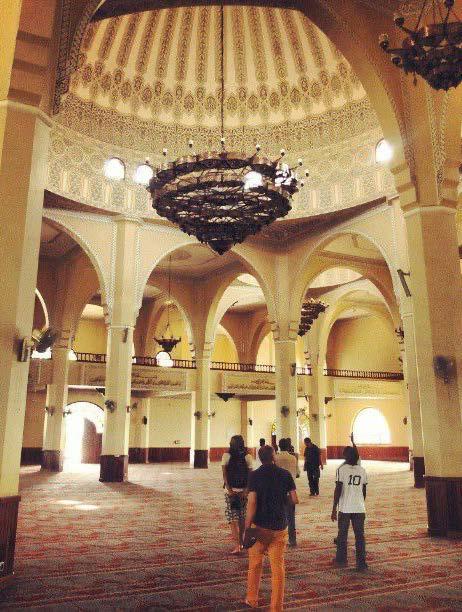
Art lovers will feel right at home here. Afriart Gallery in Kamwokya is Kampala’s leading contemporary space, showcasing thought-provoking work by Ugandan and African artists. Over in Nakasero, Nommo Gallery, which is housed in a colonial bungalow, offers a quieter, more traditional space curated by the Uganda National Cultural Centre. If you’re up for a more casual or experimental vibe, AKA Gallery is worth exploring. And don’t miss the Uganda National Museum; modest, but quietly essential for understanding the roots of this place.
Kampala doesn’t sleep, it celebrates. From the openair pubs in Kabalagala to sleek clubs in Kololo and Industrial Area, Kampalans party with unmatched intensity. There’s a rhythm here, just lean in and enjoy the ride. Compared to Kampala, Nairobi feels like a warm-up act.
You could spend just 24 hours in Kampala, but you shouldn’t. The city is bold, raw, exuberant, and disarmingly warm. Its people are as vibrant as its sunsets, and even a brief visit will leave you planning your return.
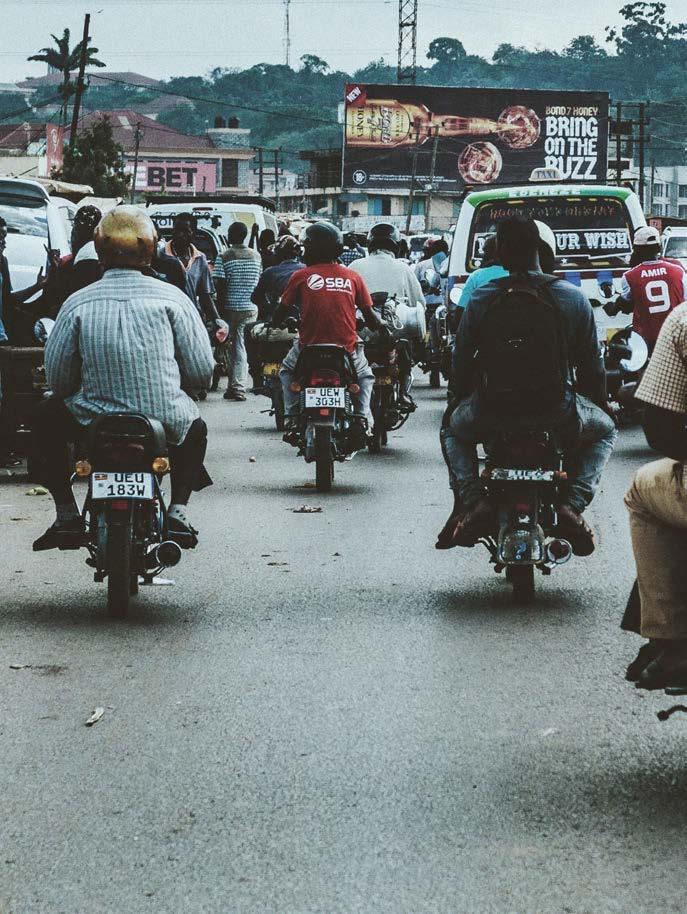

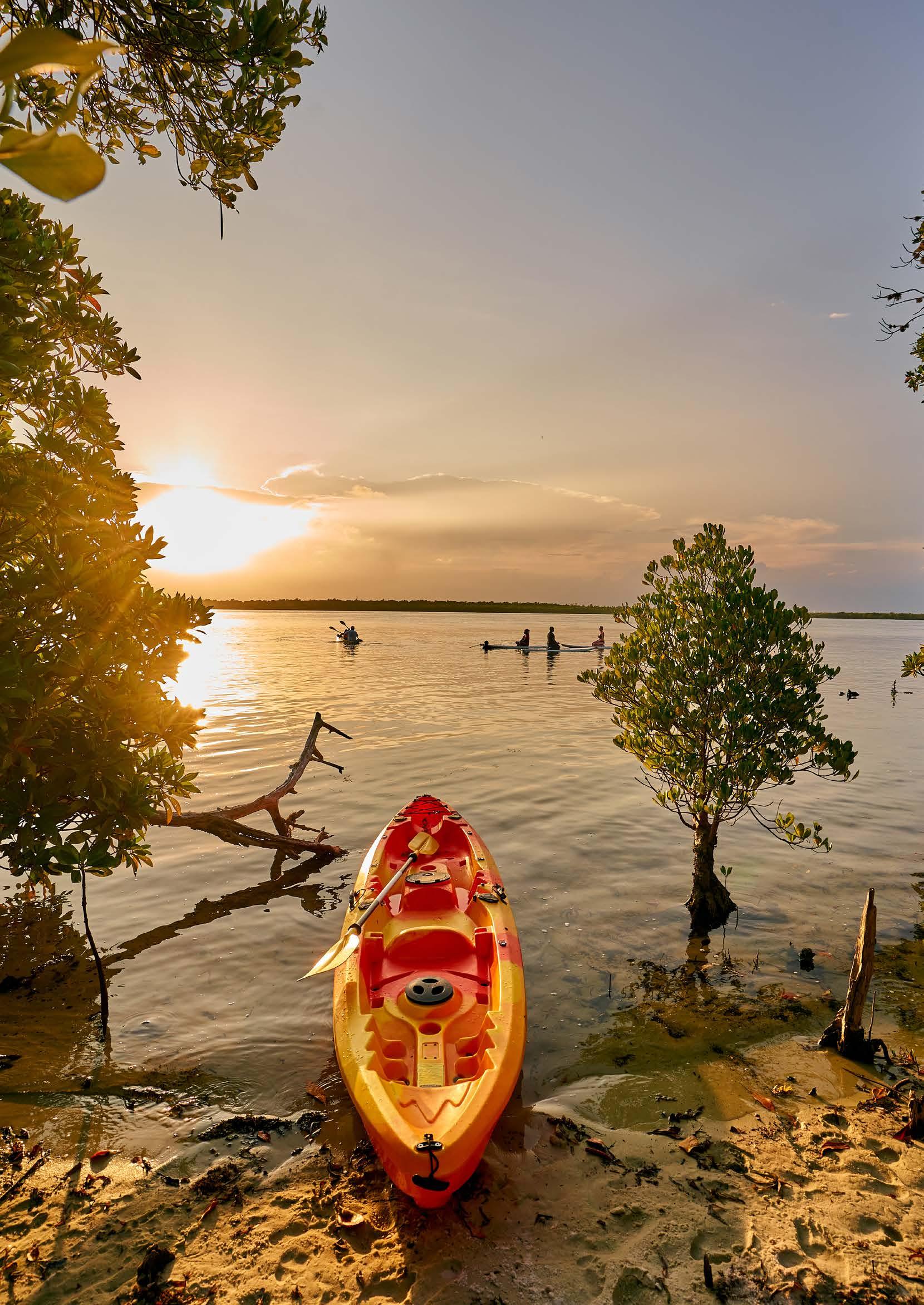
Sign up for our newsletter and be the first to receive travel inspiration, deals and more!
